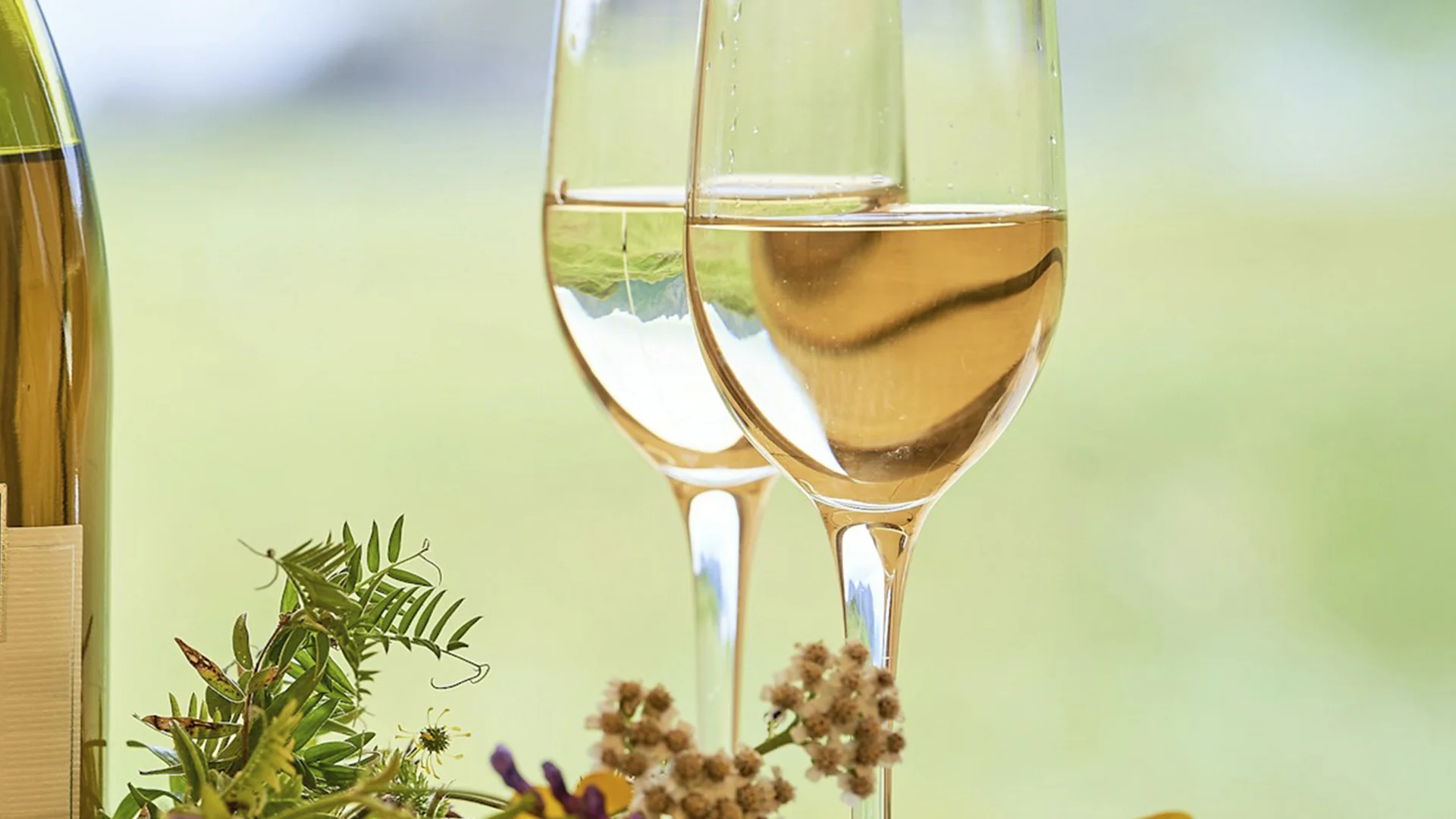
Bordeaux wine is synonymous with excellence, tradition, and diversity, hailing from the renowned Bordeaux region in southwest France. Centred around the city of Bordeaux and the Garonne River, this area has been a hub of wine production since Roman times, making it one of the world’s most historic and influential wine regions. Bordeaux wines are celebrated for their remarkable range, crafted from a variety of grape varieties that thrive in the region’s unique climate and soils.
While Bordeaux is perhaps best known for its legendary red wines, crafted from grapes like Cabernet Sauvignon, Merlot, and Cabernet Franc, the region also produces exceptional white wines. These white Bordeaux wines, or Bordeaux Blanc, are primarily made from Sauvignon Blanc, Sémillon, and Muscadelle. Though they represent a smaller share of the region’s output, white Bordeaux wines are prized for their vibrant flavours, aromatic complexity, and impressive aging potential. Blending different grape varieties is at the heart of Bordeaux winemaking, resulting in wines that are balanced, expressive, and reflective of their terroir.
Whether you’re drawn to the structured elegance of red Bordeaux or the refreshing character of Bordeaux Blanc, the wines of this region offer something for every palate. Exploring both the red and white sides of Bordeaux wine reveals the full spectrum of what this iconic region has to offer.
Bordeaux White Blend, or Bordeaux Blanc, is the underrated sibling of the Bordeaux region’s legendary reds — a quiet powerhouse with deep roots in southwest France. Although Bordeaux spans over 110,000 hectares and produces around 700 million bottles annually, only about 10% of its vineyards are dedicated to white wines, making them a hidden gem in a region dominated by red wines. The production of white Bordeaux wine amounts to almost four million cases per year, highlighting its niche yet significant presence. The Bordeaux vineyard plays a crucial role in shaping the style and quality of these white blends, as its diverse terroir and microclimates significantly influence the grapes and wine produced.
Despite their rarity, Bordeaux whites command serious respect. Château Haut-Brion Blanc, one of the world’s most coveted whites, can sell for $1,000 a bottle, celebrated for its depth and aging potential — a standout among wines produced in the region. These wines are considered among the finest wines of Bordeaux, crafted by renowned producers such as Haut-Brion Blanc and Chateau La Mission Haut-Brion Blanc, known for their exceptional quality and prestige.
At its core, a Bordeaux white blend is a mix of grape varieties — primarily Sauvignon Blanc and Sémillon — with occasional support from Muscadelle. Sauvignon Blanc adds zesty citrus and vibrant acidity, while Sémillon lends rich texture and a honeyed character with age. In some blends, one variety is chosen as the dominant grape, which shapes the wine's style and flavour profile. Muscadelle, used in small amounts, introduces floral aromatics and layered complexity. Minor players, such as Ugni Blanc, Colombard, Sauvignon Gris, and Merlot Blanc, are allowed but rarely featured. Merlot Blanc is a permitted grape in Bordeaux white blends, though it is seldom used. Together, Sauvignon Blanc and Sémillon make up over 90% of the region’s white grape plantings, with Sémillon constituting the largest percentage at approximately 54%.
Blending is Bordeaux’s philosophy – not just a technique but a belief that harmony between varieties creates a wine greater than its individual parts. The winemaker plays a key role in selecting the blend and influencing the final wine, making decisions that define the style and quality of each vintage. It’s a mindset deeply rooted in the Bordeaux blend tradition, which dates back to the mid-1st century CE when viticulture was introduced to the region by the Romans.
Bordeaux winemakers craft a wide spectrum of white styles, with two major styles defining the region: light & fruity and rich & creamy. These major styles showcase the diversity of Bordeaux white blends, shaped by both heritage and modern palates:
On the dry end, dry white wines from areas like Entre-Deux-Mers are light, crisp, fruity, and refreshing, with notes of grapefruit, lemon, green apple, and fresh herbs. These dry white wines are typically unoaked or lightly oaked, meant for early drinking, and reflect the region’s versatile regional appellation structure.
In the luxurious category are sweet white wines, such as Sauternes and Barsac, crafted from botrytized grapes. These golden sweet white wines are intensely aromatic, with flavours of honey, apricot, candied fruit, and caramel — among the most iconic wines produced in the world.
Between these extremes are barrel-aged dry white wine styles from Graves and Pessac-Léognan, offering a balance of ripe fruit, oak, and minerality.
What unites them is elegance, acidity, and that unmistakable Bordeaux terroir. Whether it’s a citrusy, fruity Entre-Deux-Mers or a luxurious Sauternes, Bordeaux white blends deliver wines that tend to be both versatile and age-worthy, with a clear sense of place. In a region known for red grapes, these whites stand as proof of Bordeaux’s full potential.
The character and complexity of white Bordeaux wines are shaped by the unique blend of grape varieties grown in the Bordeaux region.
Sauvignon Blanc is the dominant varietal in many white Bordeaux blends, delivering crisp acidity, vibrant citrus notes, and a refreshing herbal character. It’s the grape behind the lively, food-friendly character of white Bordeaux.
Sémillon adds richness and body, with flavours of honey, fig, and stone fruits, providing depth and a silky texture, especially as the wine ages.
Muscadelle, used sparingly, brings delicate floral aromas, a hint of spice, and subtle orange zest that lifts the blend.
Ugni Blanc contributes light, fresh notes.
Sauvignon Gris adds aromatic complexity and a touch of richness.
The careful combination of these grape varieties allows Bordeaux Blanc to achieve a harmonious balance of fruit, acidity, and texture, making each bottle a true reflection of the region’s winemaking heritage.
White wine production in Bordeaux combines time-honoured tradition with modern precision. Grapes are typically hand-harvested early to preserve their delicate aromas, then sorted, destemmed, and gently pressed. Fermentation typically takes place in cool stainless steel vats to preserve fresh fruit flavours, with Sauvignon Blanc and Sémillon often vinified separately.
Blending is central to Bordeaux’s winemaking philosophy. The final blend — commonly around 60% Sauvignon Blanc, 40% Sémillon, plus a touch of Muscadelle — is carefully crafted to balance acidity, aroma, and body.
Higher-end dry whites, especially from Graves and Pessac-Léognan, often undergo oak aging. Fermentation or aging in French oak barrels, sometimes with lees stirring (bâtonnage), adds texture and complexity. New oak imparts subtle vanilla and spice notes, enhancing creaminess while preserving freshness and minerality.
To retain vibrancy, malolactic fermentation is usually avoided. Every step — from yeast selection to fermentation temperature — is managed to highlight citrus, floral notes, and bright acidity. Richer blends, with more Sémillon, reveal flavours of baked apples, lemon butter, and orange zest.
For sweet whites like Sauternes, the process is more intricate. Grapes develop noble rot (Botrytis cinerea), concentrating sugars and aromas. Harvesting is meticulous, conducted in multiple passes to select only botrytized berries, sometimes requiring an entire vine to yield a single glass.
Fermentation is a slow, often barrel-based process that naturally halts due to high sugar levels. Extended oak aging (18–20 months) builds the wine’s signature honeyed richness and complexity. These careful methods, practiced near the Gironde estuary, demand ideal conditions and ...
These wines are crisp, aromatic, and refreshing, with dominant notes of grapefruit, lemon zest, and green apple. Sauvignon Blanc contributes gooseberry and herbal tones, while Muscadelle adds a touch of floral lift. Underneath, a subtle mineral edge often reflects the gravelly soils of Bordeaux.
On the palate, these dry wines range from light to medium-bodied, with vibrant acidity. Warmer vintages may bring hints of melon or passionfruit. Some see gentle oak influence, lending touches of vanilla or almond, but the emphasis remains on freshness.
Sémillon-heavy blends add body and texture, often with notes of beeswax, fig, or spice in aged or barrel-aged styles, especially from Pessac-Léognan. Most dry whites finish bone-dry, often with a saline or flinty finish.
Known for its opulence, Sauternes bursts with aromas of apricot, honey, candied citrus, and pineapple. The influence of noble rot adds exotic notes, such as ginger and saffron, along with a signature botrytis bouquet.
As they age, expect deeper layers of flavours, such as vanilla, caramel, toasted nuts, and even coffee or crème brûlée. Although rich (often with 130+ g/L of sugar), the wines remain balanced by bright acidity, keeping the finish clean and lingering.
Dry Bordeaux Blanc is typically 12.5–13.5% alcohol, with a zesty profile and occasional creaminess from lees aging. Sémillon provides mid-palate depth, while acidity adds precision and length.
Sweet wines are full-bodied, viscous, and age-worthy, yet never cloying. The contrast between sugar and acidity gives them their signature tension and lift, evolving beautifully over time with added earthiness and mushroom-like complexity from botrytis.
Bordeaux white blends are incredibly versatile at the table, offering a wide range of food pairings that enhance the tasting experience. They pair well with everything from raw seafood to rich desserts.
Desserts:Sauternes pairs best with fruit tarts, custards, and crème brûlée. Avoid dark chocolate, which can clash with the wine’s profile.
Bordeaux’s maritime climate is key to its white wines. Warm summers, mild winters, and the moderating influence of the Atlantic Ocean, combined with the Garonne, Dordogne, and Gironde rivers and estuary, create an ideal environment for slow ripening and preserving acidity. The diversity of Bordeaux regions, each with its own terroir, contributes to the wide range of character and style found in white Bordeaux wines.
In Sauternes, morning mist from the Ciron River, followed by the afternoon sun, encourages noble rot (Botrytis cinerea), which is essential for crafting the region’s legendary sweet wines, such as Sauternes and Barsac.
On the Left Bank, the Graves region – especially Pessac-Léognan – is known for top-tier dry whites. Its well-drained gravel soils provide warmth and distinctive minerality. Pessac-Léognan also holds the only official classification for dry white Bordeaux wines (since 1959). Additionally, this area has Bordeaux’s hottest micro-climate, allowing for an earlier harvest and contributing to the unique character of its wines.
In the Entre-Deux-Mers, between the Garonne and Dordogne, cooler conditions and clay-limestone soils yield fresh, unoaked whites. These wines are light, citrusy, and meant for early enjoyment.
The Right Bank, traditionally focused on reds, is seeing a few elite producers, such as Cheval Blanc and Valandraud, craft small-batch white Bordeaux. Similarly, in the Médoc, prestigious red estates like Château Margaux produce limited white cuvées. Over 200 hectares in the Médoc are planted with white wine grape varieties, often sold as generic Bordeaux Blanc. White Bordeaux is also produced in other appellations across the region, including Sainte Croix du Mont, which is notable for its sweet wines, as well as several other appellations that contribute to the diversity of Bordeaux’s white wine production.
From gravel to limestone, cool to humid microclimates, Bordeaux’s diverse terroir produces whites that range from crisp and lean to rich and age-worthy — each shaped by its unique location and tradition.
The Bordeaux region is renowned not only for the quality of its wines but also for its historic classification systems, which help guide wine lovers toward the best bottles. The most famous of these is the 1855 Bordeaux classification, established for the Exposition Universelle de Paris.
This system ranks Bordeaux wines into five growths, or “crus,” based on their reputation and market price at the time. The prestigious First Growths, such as Château Lafite and Château Margaux, sit at the top, followed by Second, Third, Fourth, and Fifth Growths, each representing a tier of excellence.
Beyond the 1855 classification, Bordeaux also recognizes quality through systems like the Cru Bourgeois, which highlights outstanding wines from the Médoc region. While these classifications are most closely associated with red Bordeaux, white Bordeaux wines also benefit from a strong sense of place and quality. The Pessac-Léognan appellation, for example, is renowned for producing some of the best white Bordeaux wines — often full-bodied, complex, and capable of aging beautifully.
These classifications and appellations not only help establish the reputation and value of Bordeaux wines but also guide wine lovers in discovering the region’s most exceptional bottles, whether red or white.
Proper serving and storage bring out the best in Bordeaux white wines, both dry and sweet.
Pro Tip: Chill fully in the fridge, then remove 15 - 30 minutes before serving. Be very careful if using an ice bucket as it can drop temperatures too low, subduing the aromatics and flavours of the wine.
Tip: Store all open bottles in the fridge. Use a vacuum pump or inert gas to extend life. Or even better, pop in a Repour.
These two iconic French whites differ in grape, style, and expression:
Bordeaux Blanc producers are embracing sustainability as central to quality and longevity.
As of 2022, over 75% of Bordeaux vineyards are certified under eco-programs like HVE, organic, biodynamic, or ISO 14001. These programs reduce chemical use, boost biodiversity, and conserve resources.
Even co-ops now follow sustainable practices, making eco-conscious bottles accessible at all price points.
Bordeaux is testing new grape varieties, such as Albariño and Petit Manseng, for their heat resistance. Growers also use canopy management, early harvesting, and natural cooling to preserve acidity in warming vintages.
Other efforts include:
Many estates also support fair labour, local communities, and oenotourism — building economic and cultural sustainability alongside environmental stewardship.
Bordeaux White Blends may not headline like their red siblings, but they’re a hidden gem — offering diversity, food-friendliness, and serious value. If red Bordeaux is the rockstar, Bordeaux Blanc is the cult classic — nuanced, expressive, and worth discovering.
This guide took us from crisp Entre-Deux-Mers to luxurious Sauternes, revealing a through-line: balance of acidity and richness, fruit and minerality, tradition and modernity. Bordeaux Blanc is quietly evolving with trends toward freshness, sustainability, and versatility.
Picture this: you're at a riverside café in Bordeaux, sipping a chilled Pessac-Léognan Blanc. Golden light glints off the Garonne River. You taste lemon curd, floral notes, and a hint of oak. With oysters, goat cheese, or just good conversation, the wine keeps unfolding — subtle, elegant, unforgettable.
It’s time to retire the “unsung” label. These wines have a range (from zesty to honeyed), pedigree (centuries of craft), and personality (French flair with a modern edge). They’re practical yet romantic, rooted in place and poised for the future.
Next time you reach for a Sauvignon Blanc, Chardonnay, or Riesling, try a Bordeaux Blanc. It’s like rediscovering a timeless album — familiar, but with something new to say. And as Scott Galloway might put it: Bordeaux Blanc is a massively undervalued asset. Explore it now, before the rest of the world catches up.
À votre santé! And happy discovering!

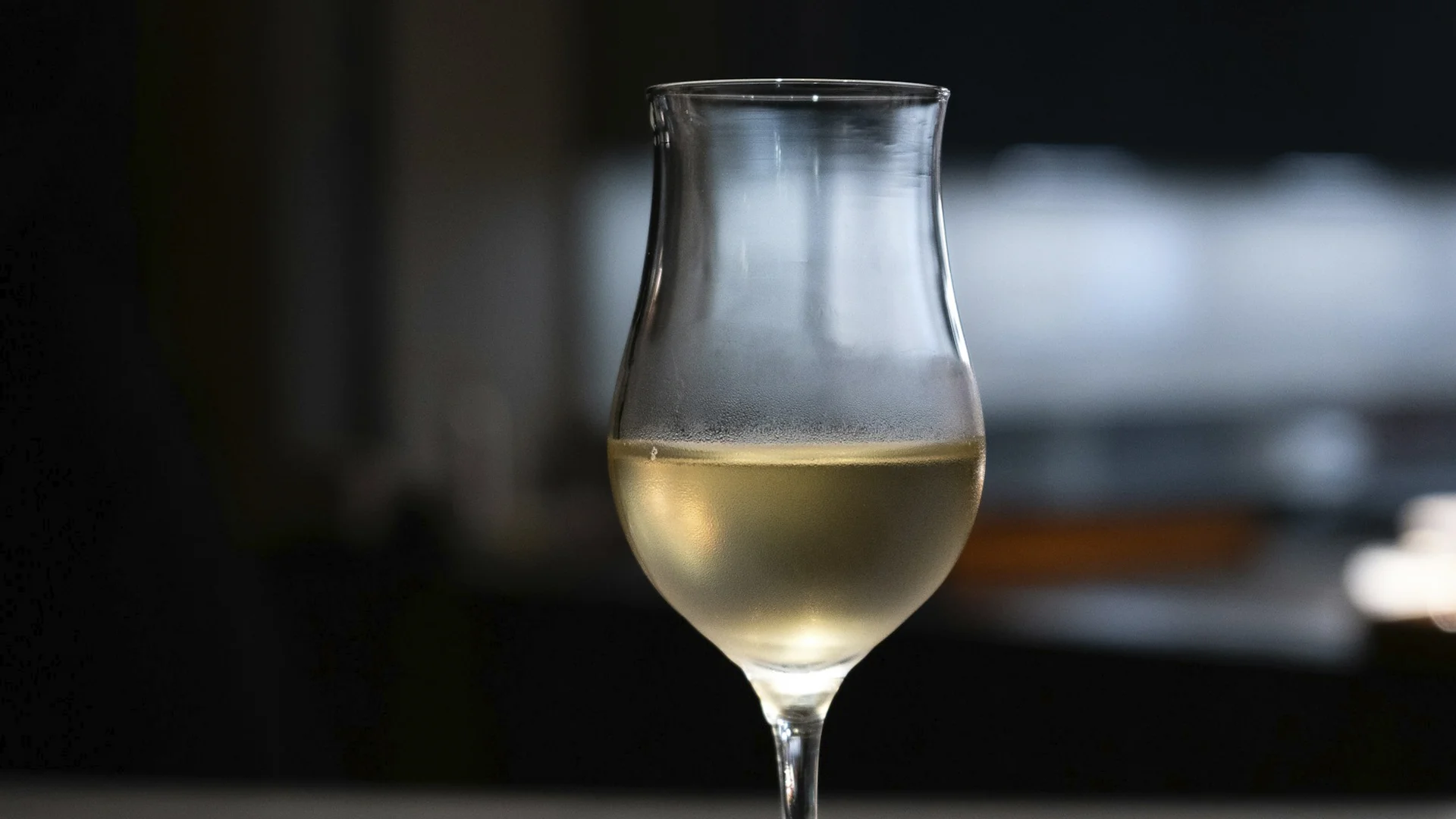
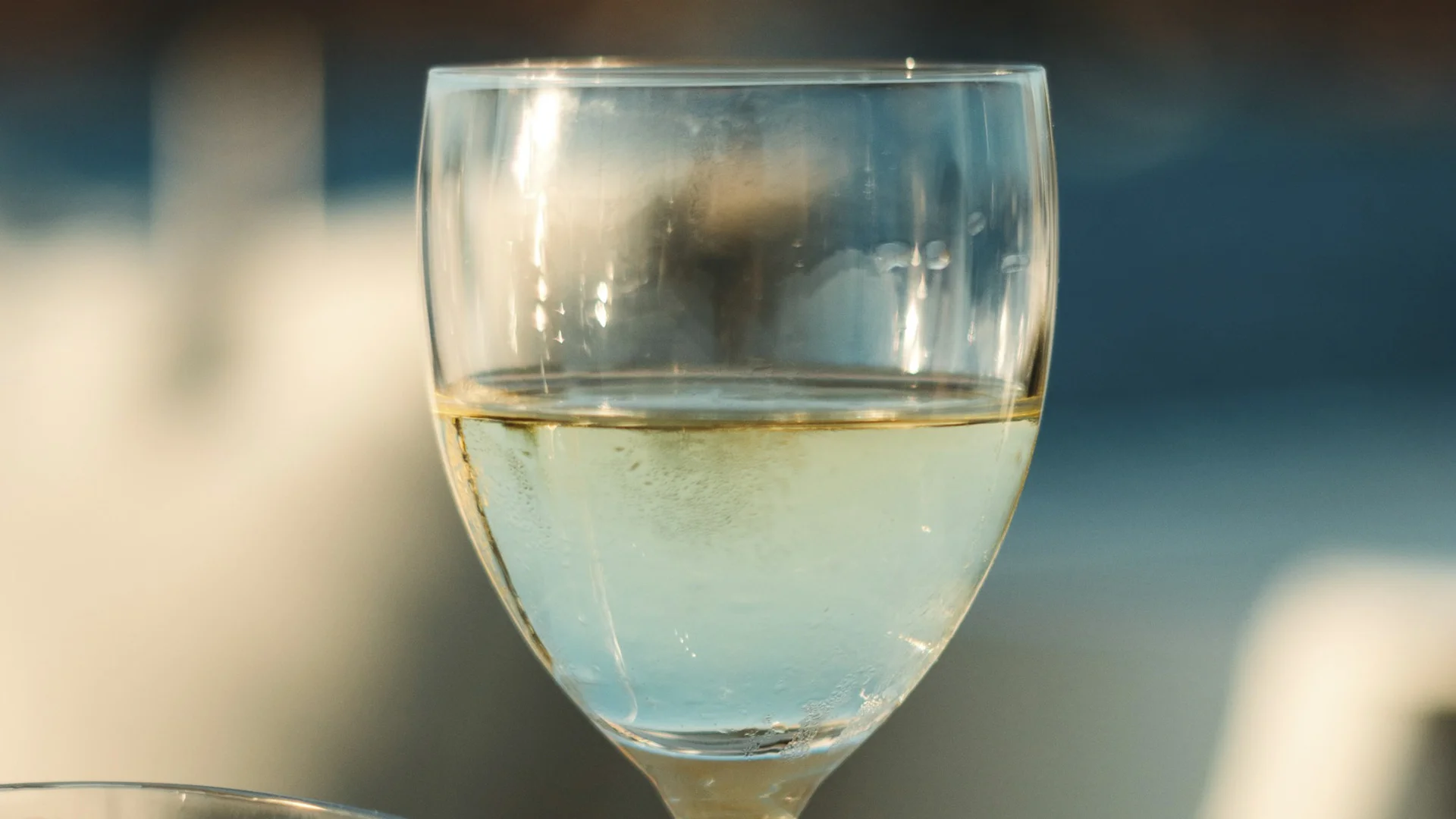
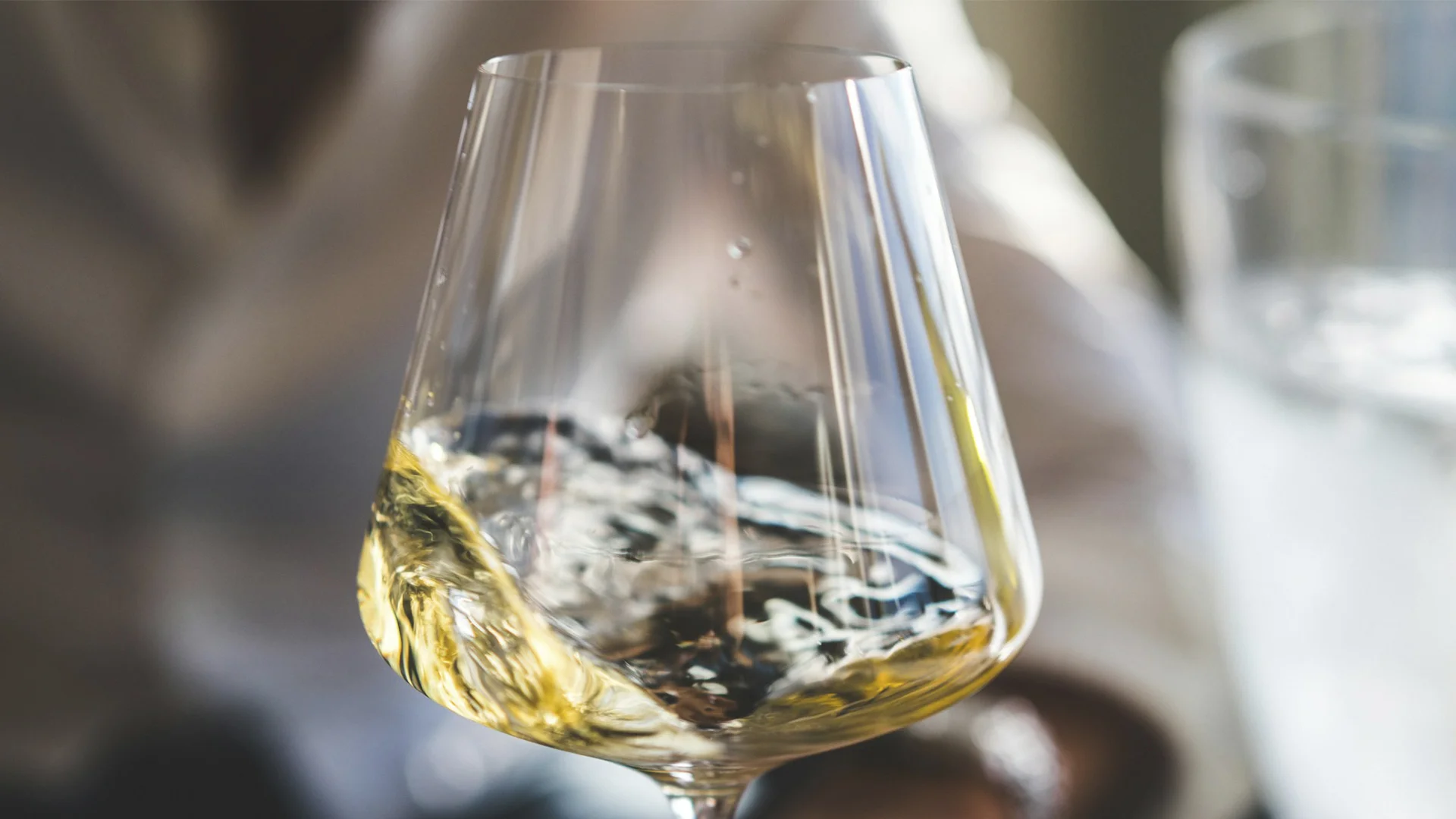
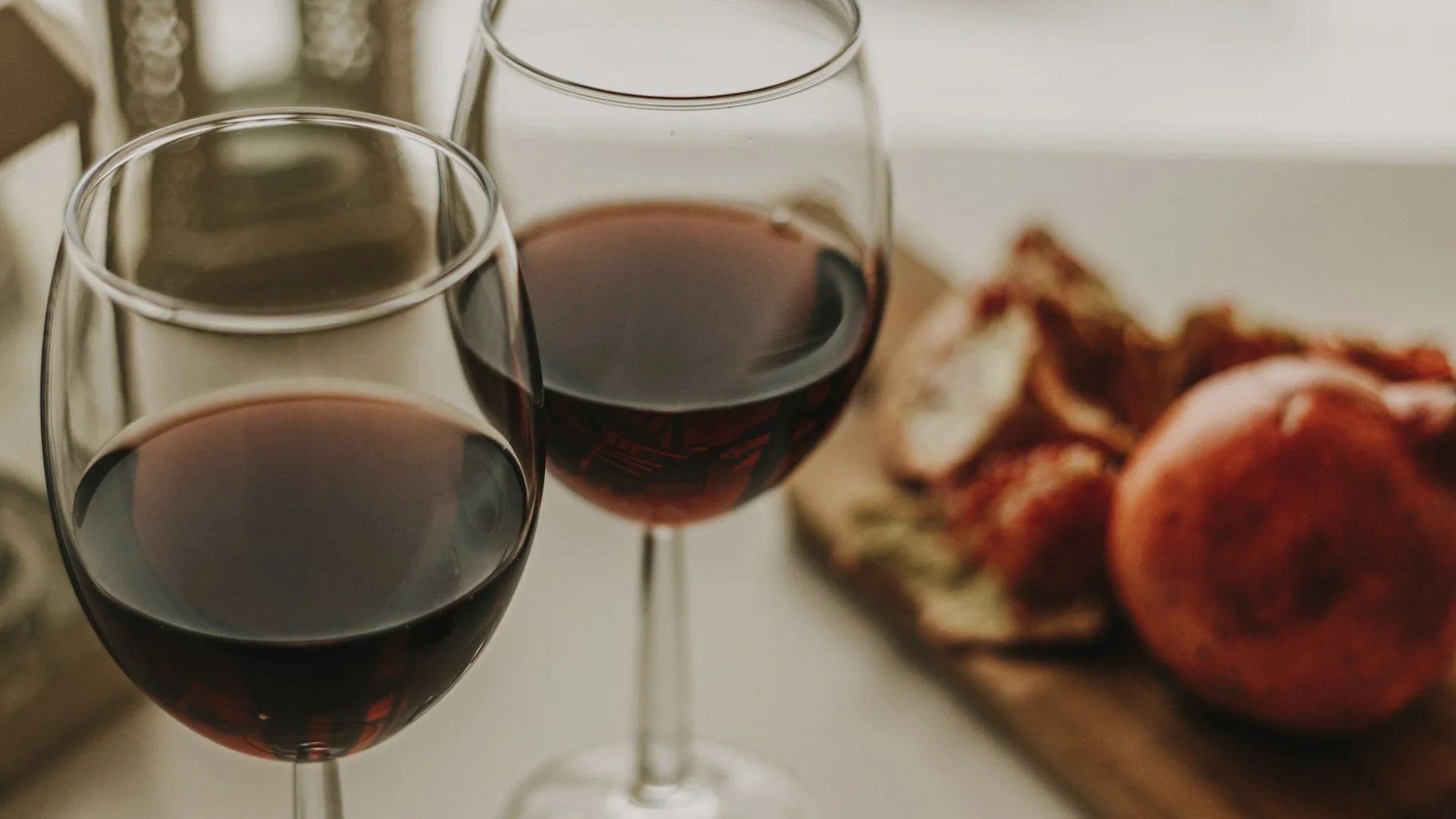
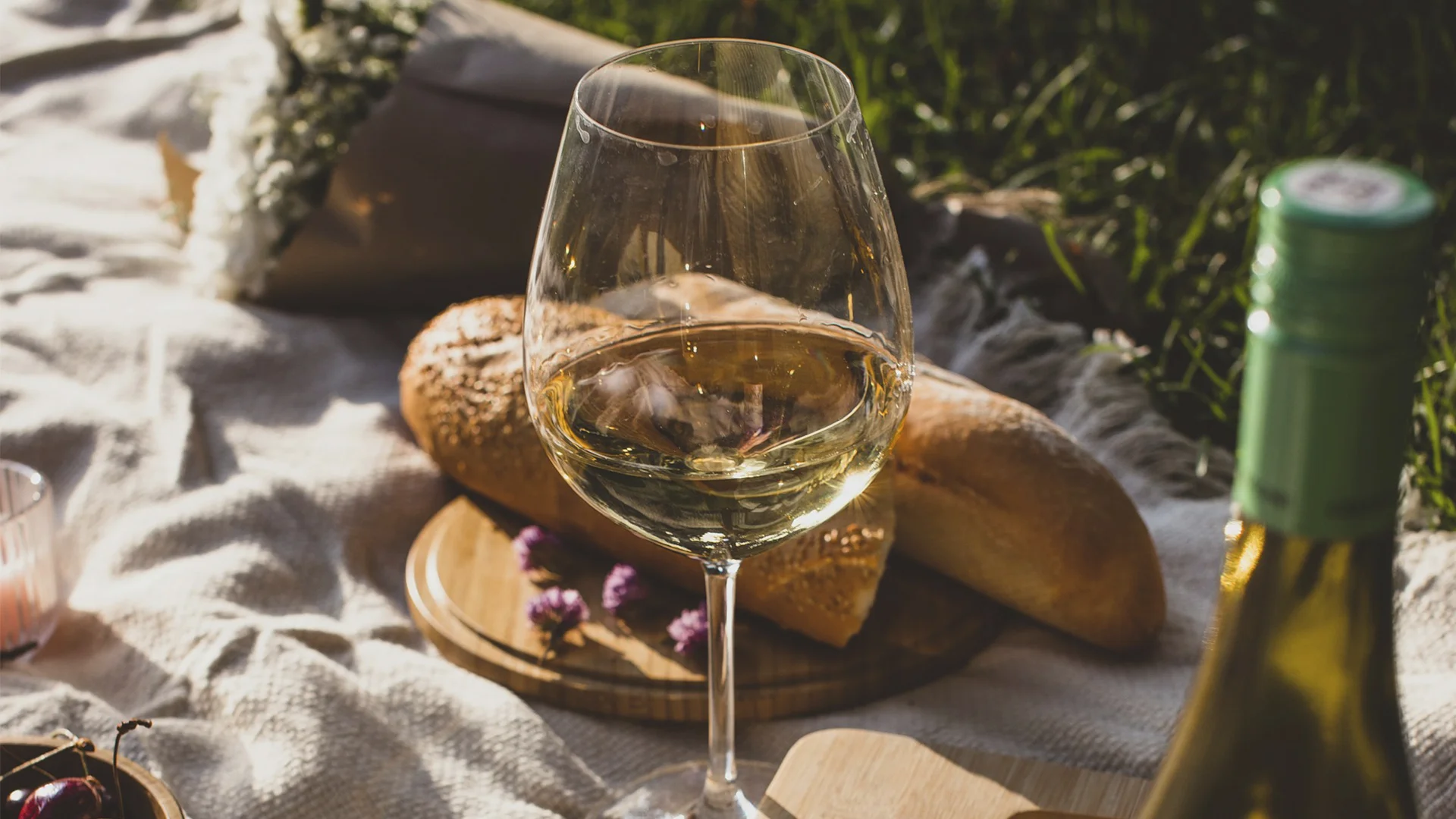
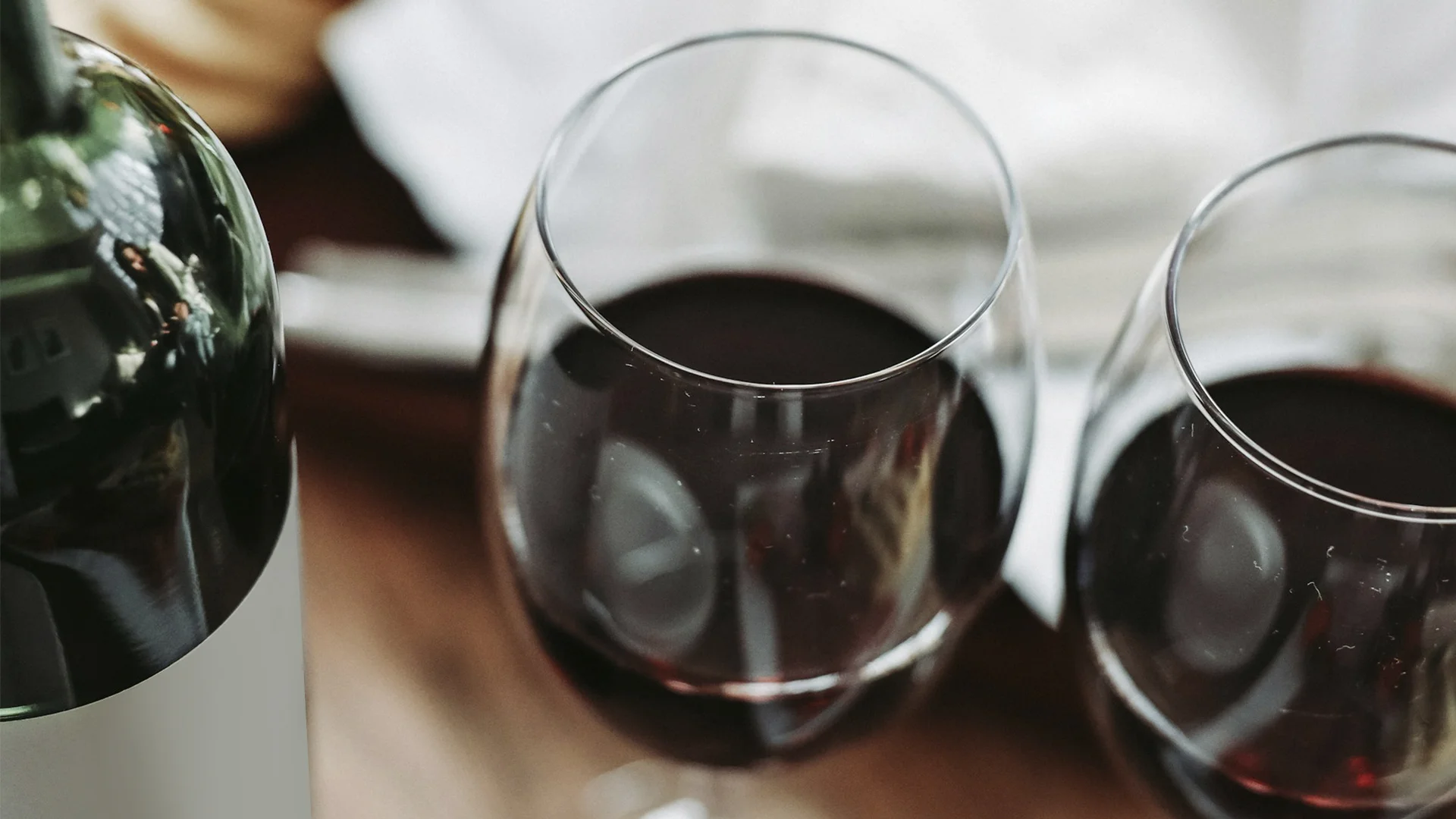
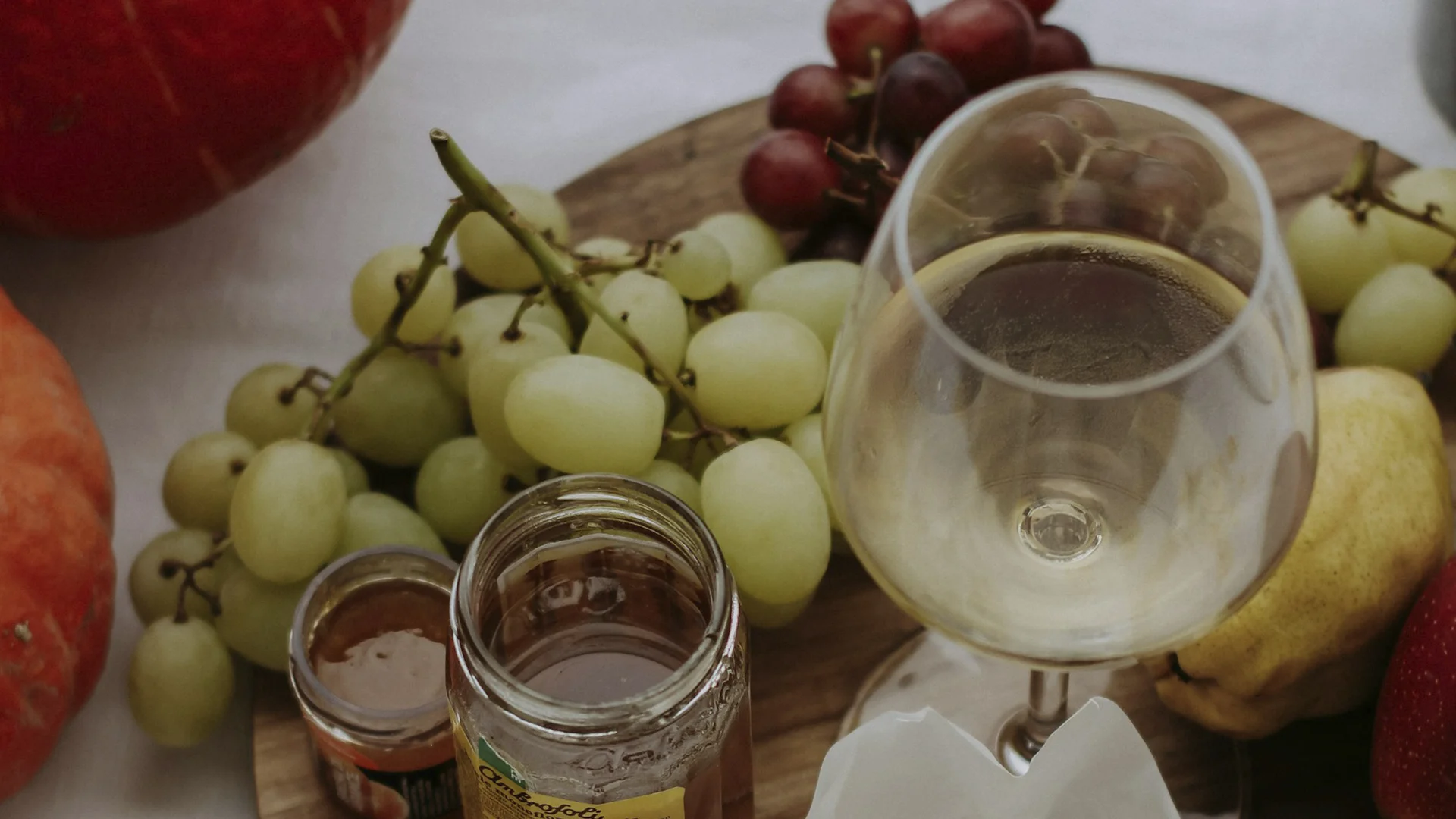
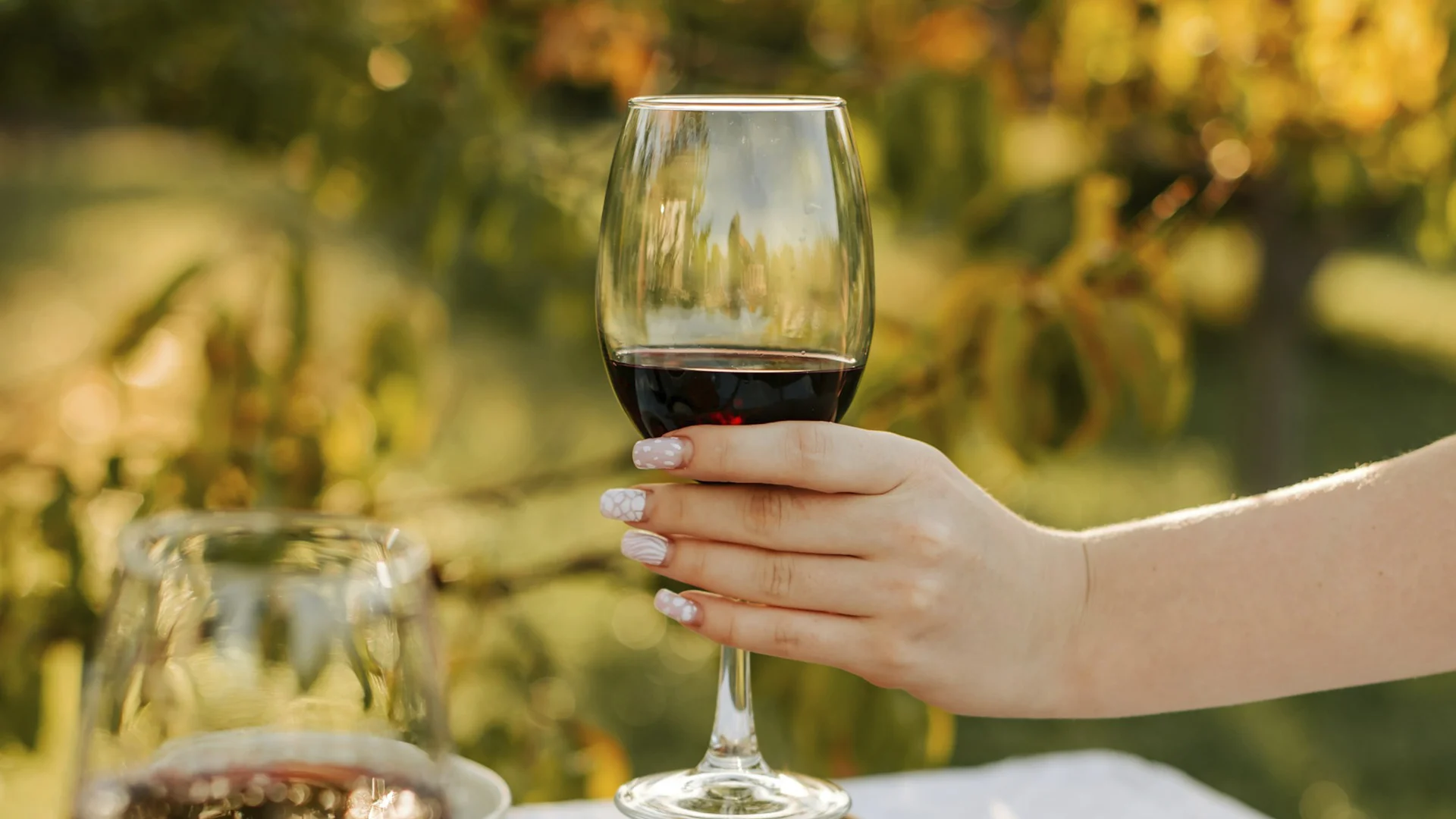
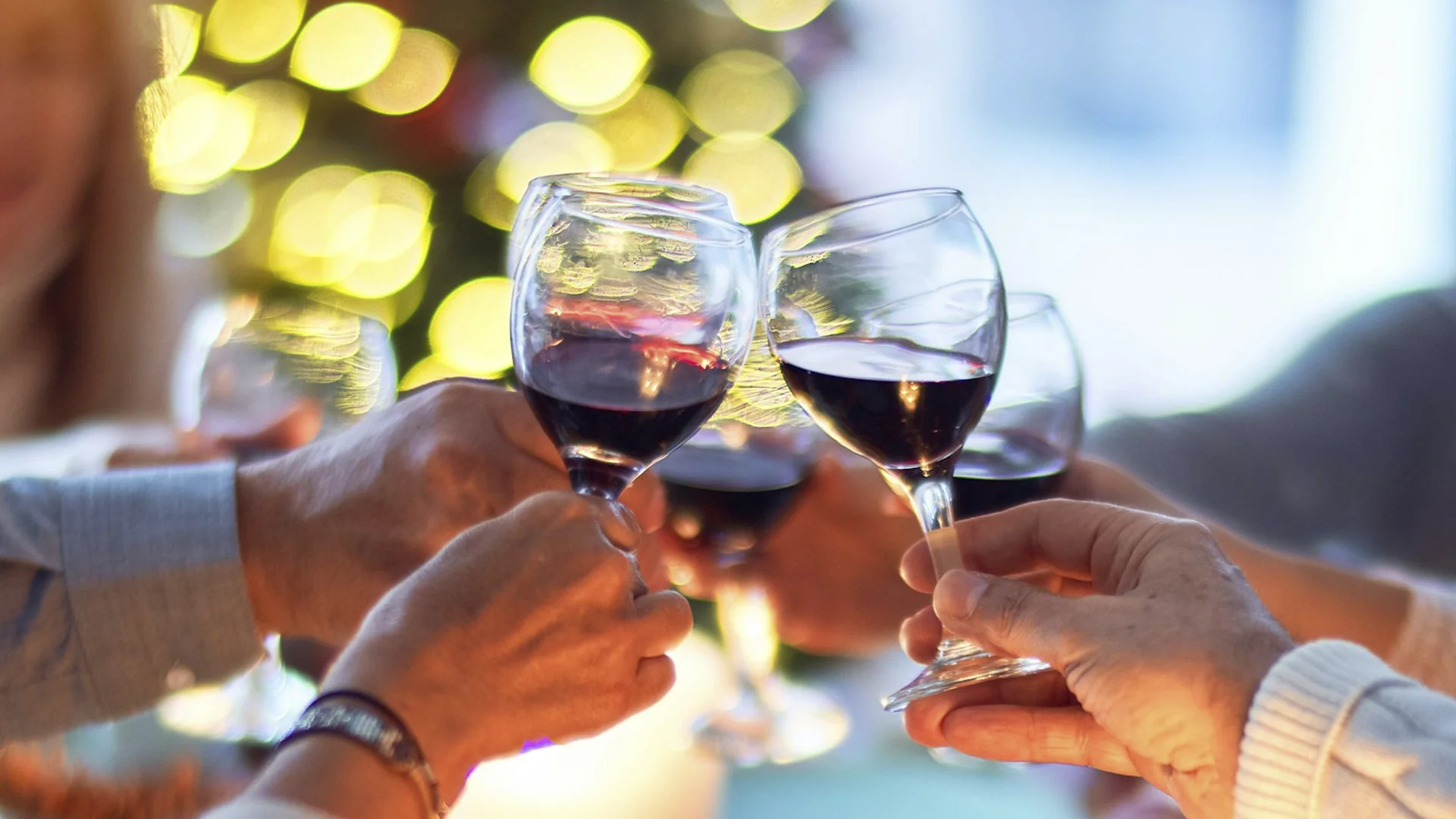
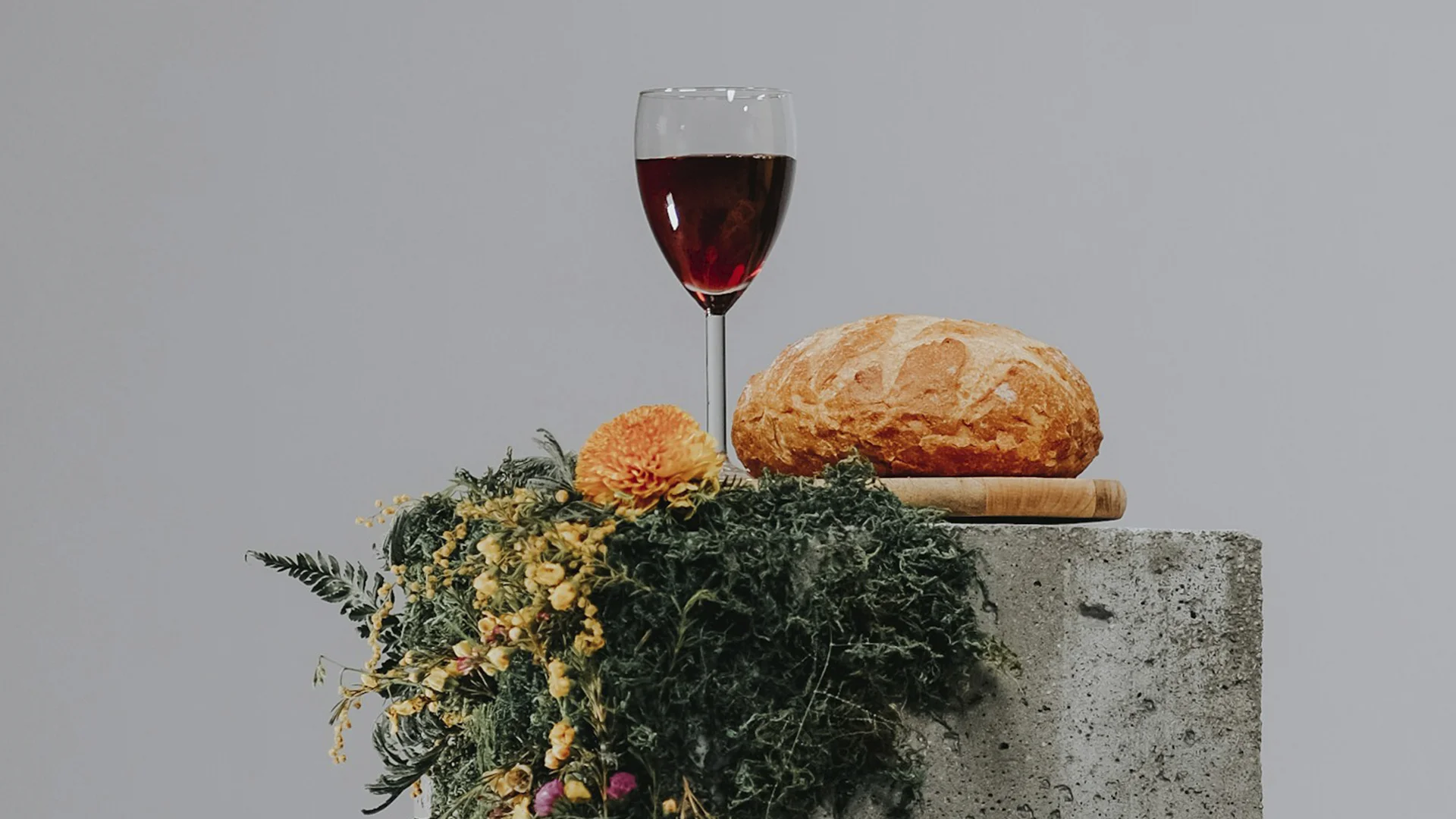


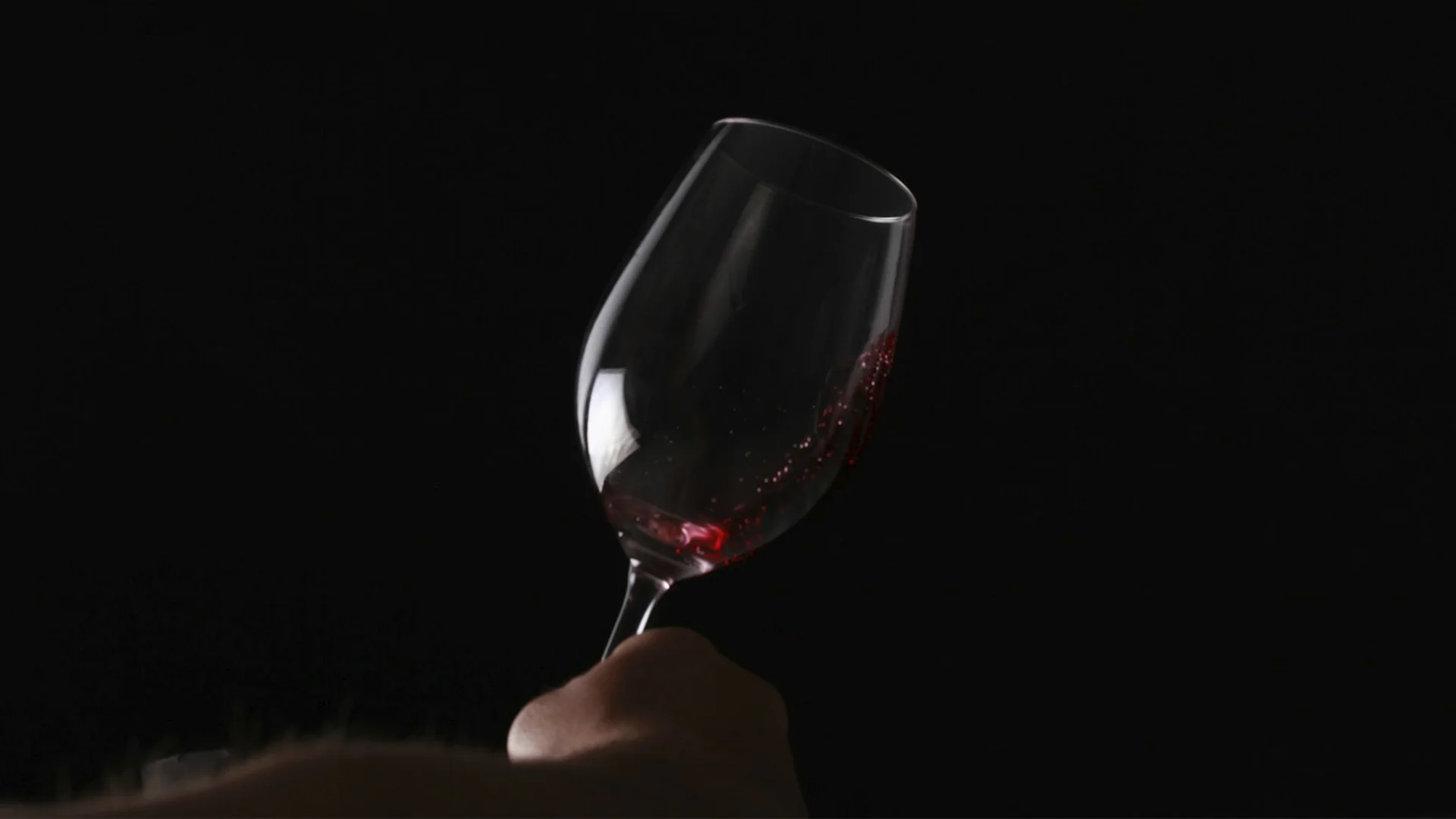
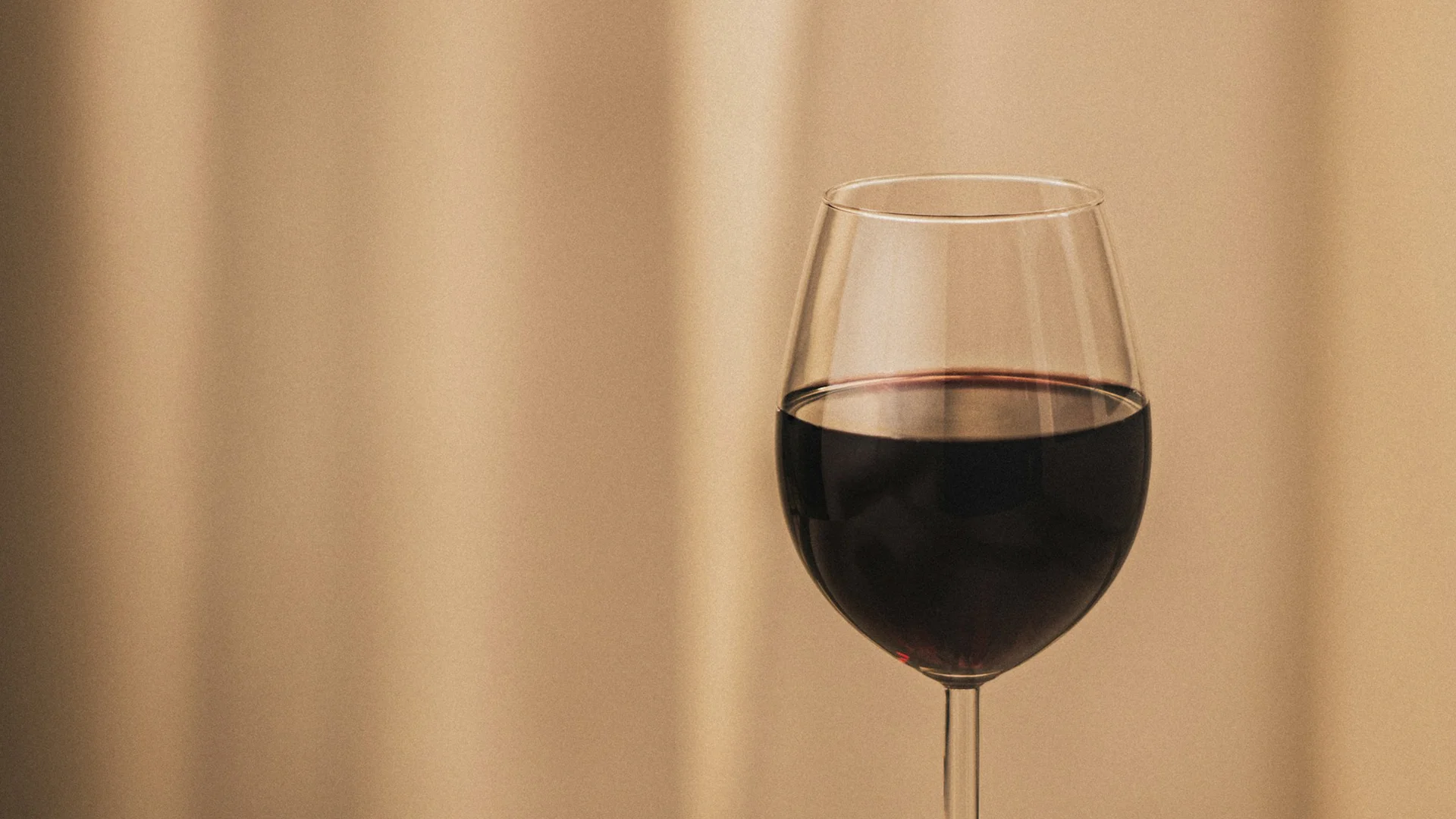
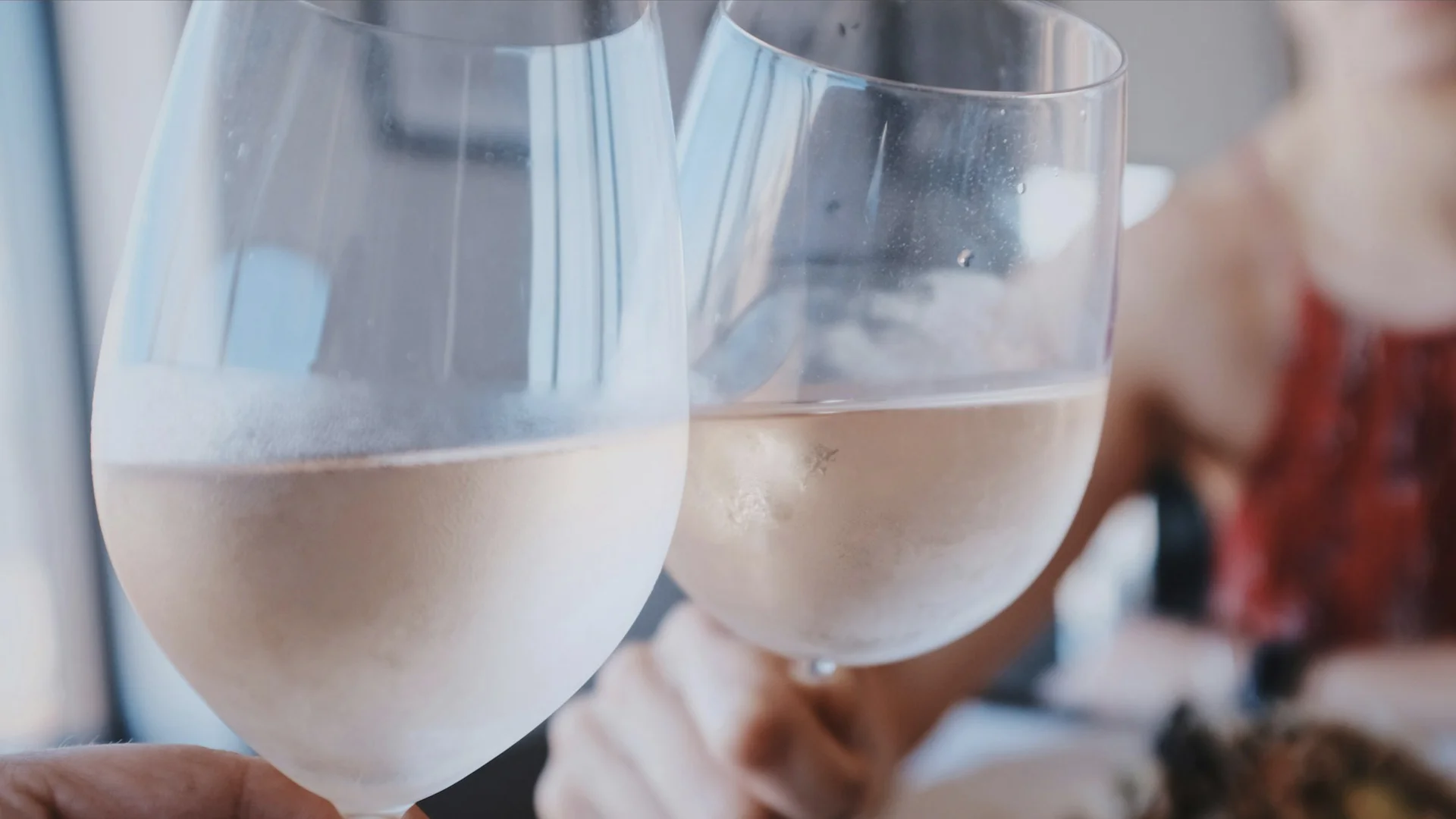

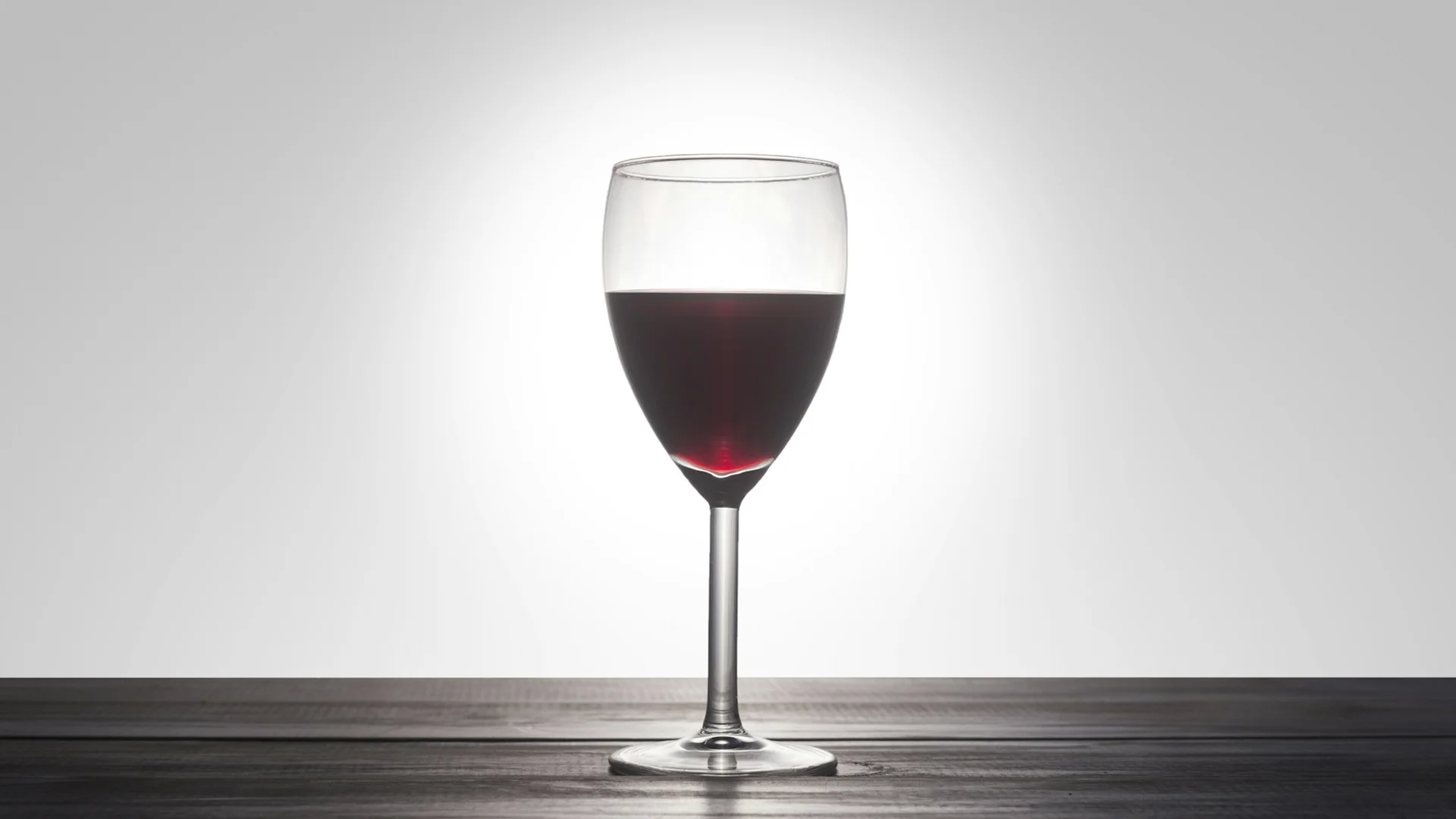
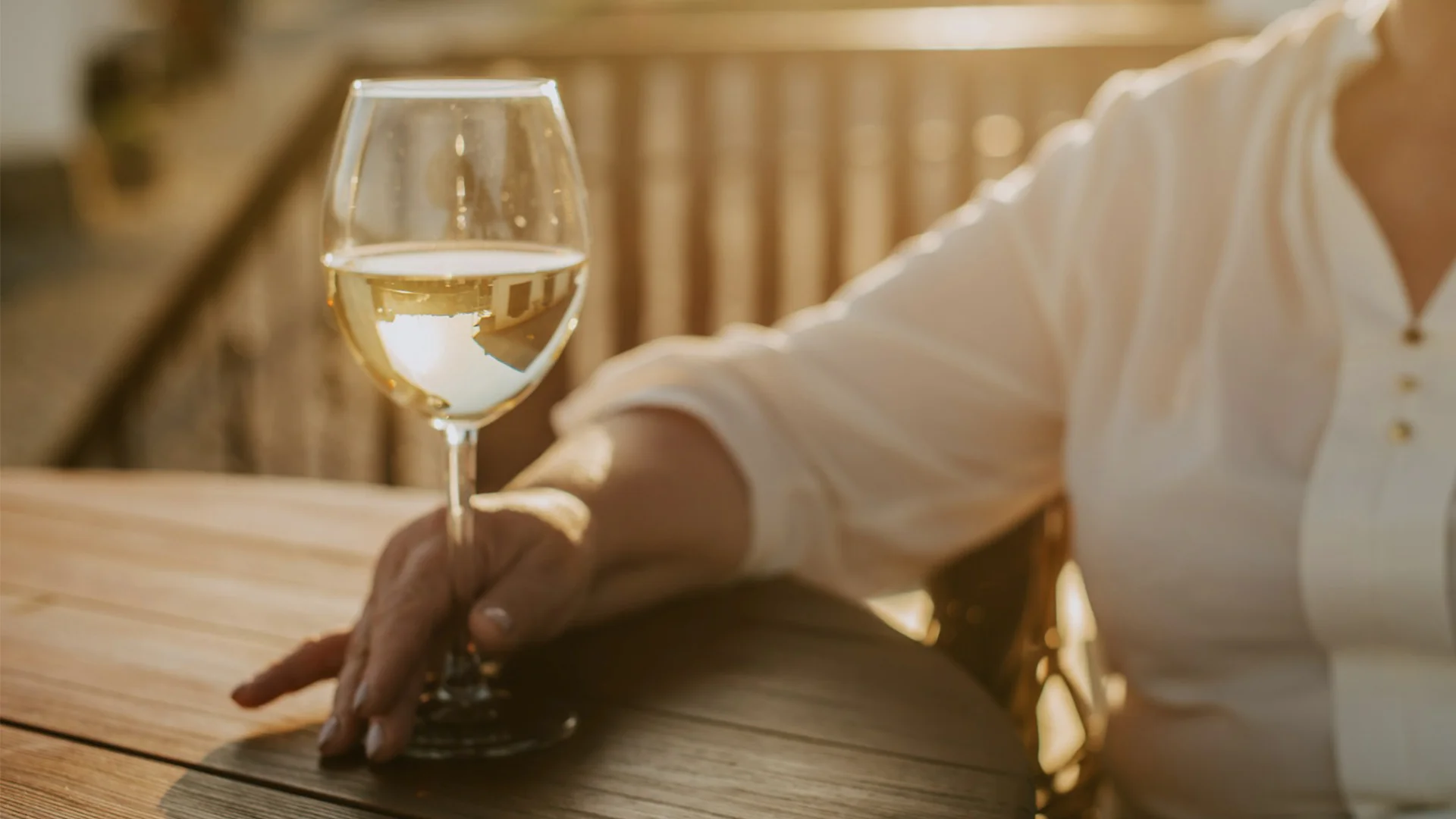
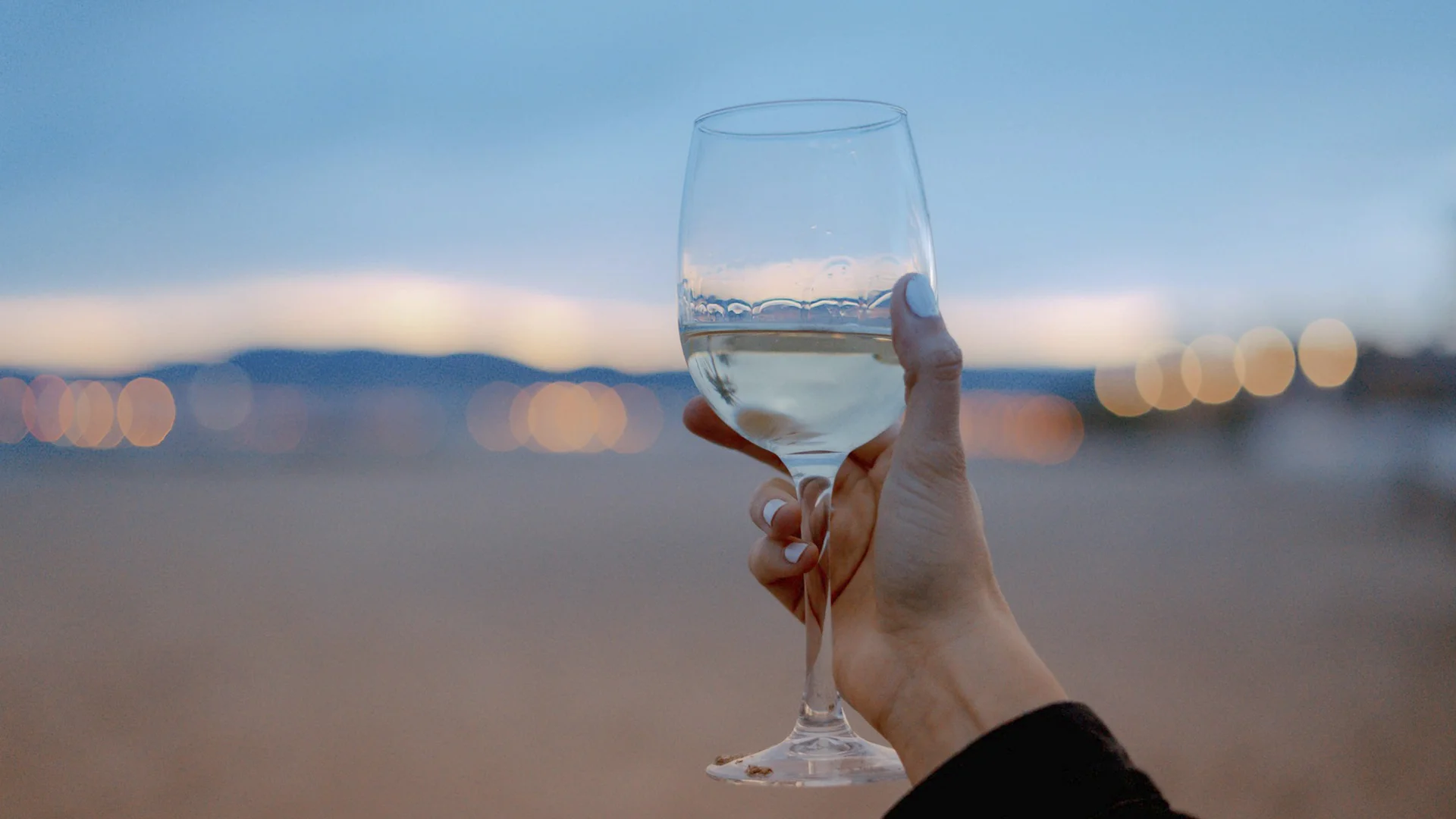
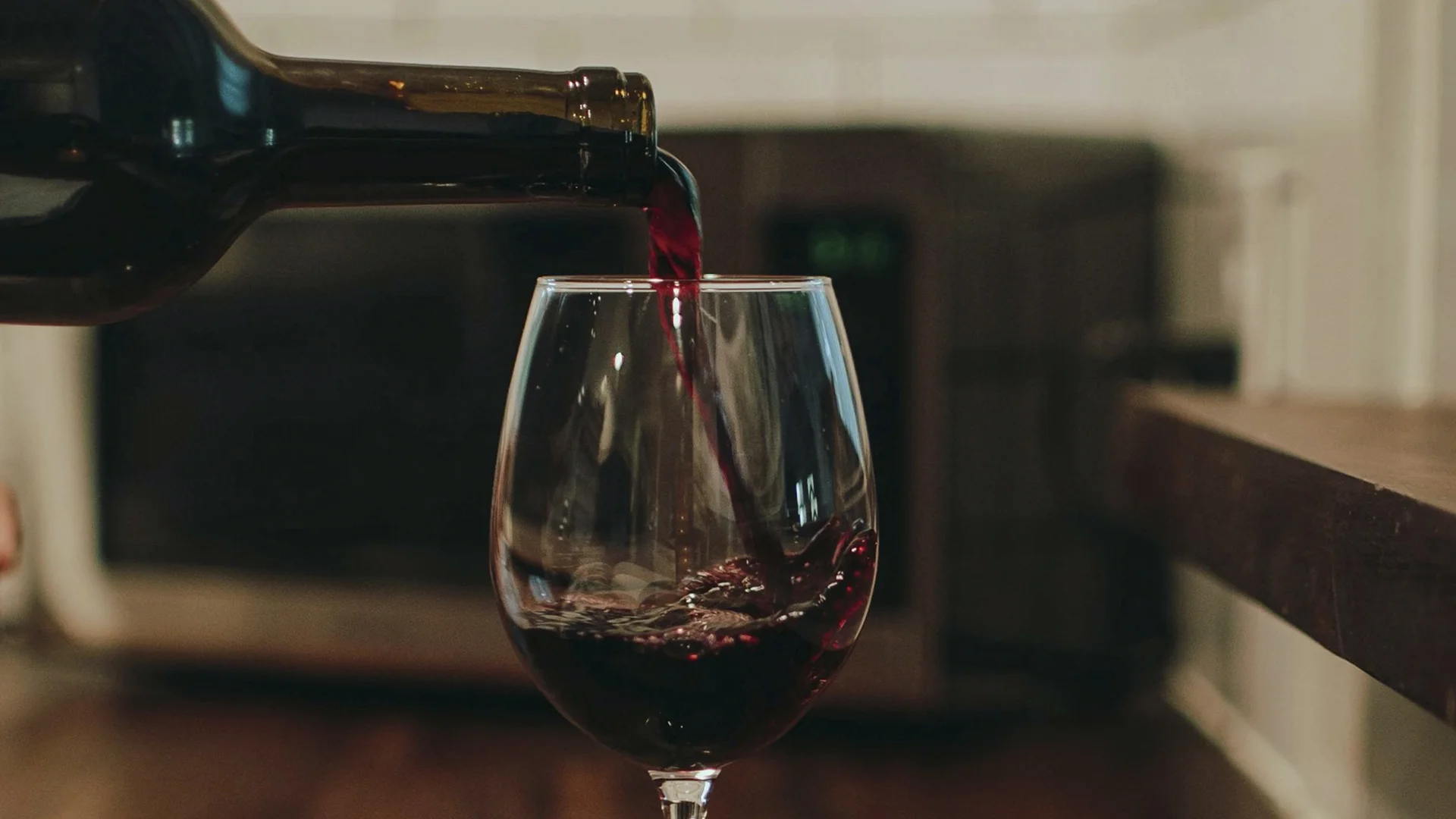
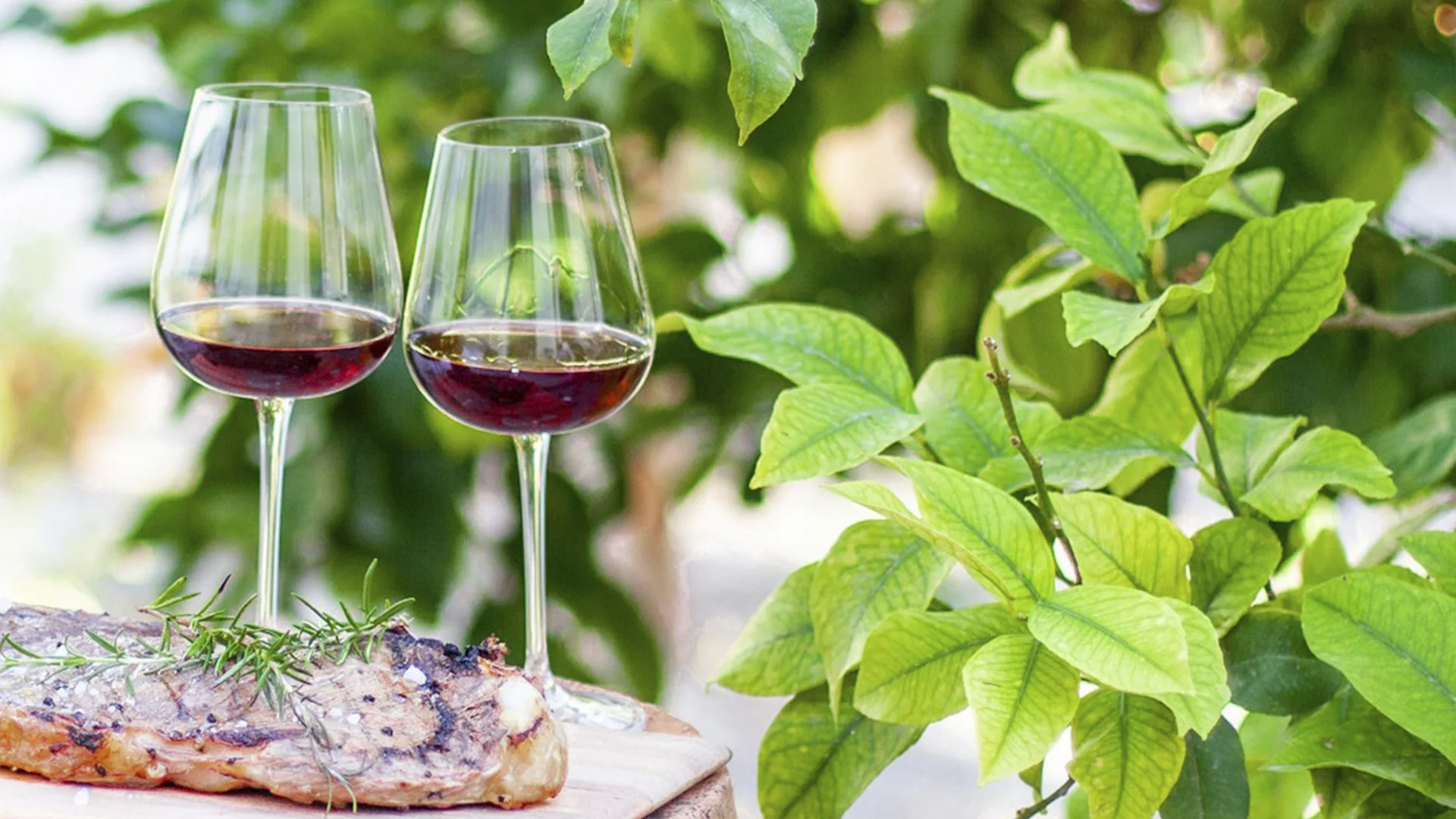
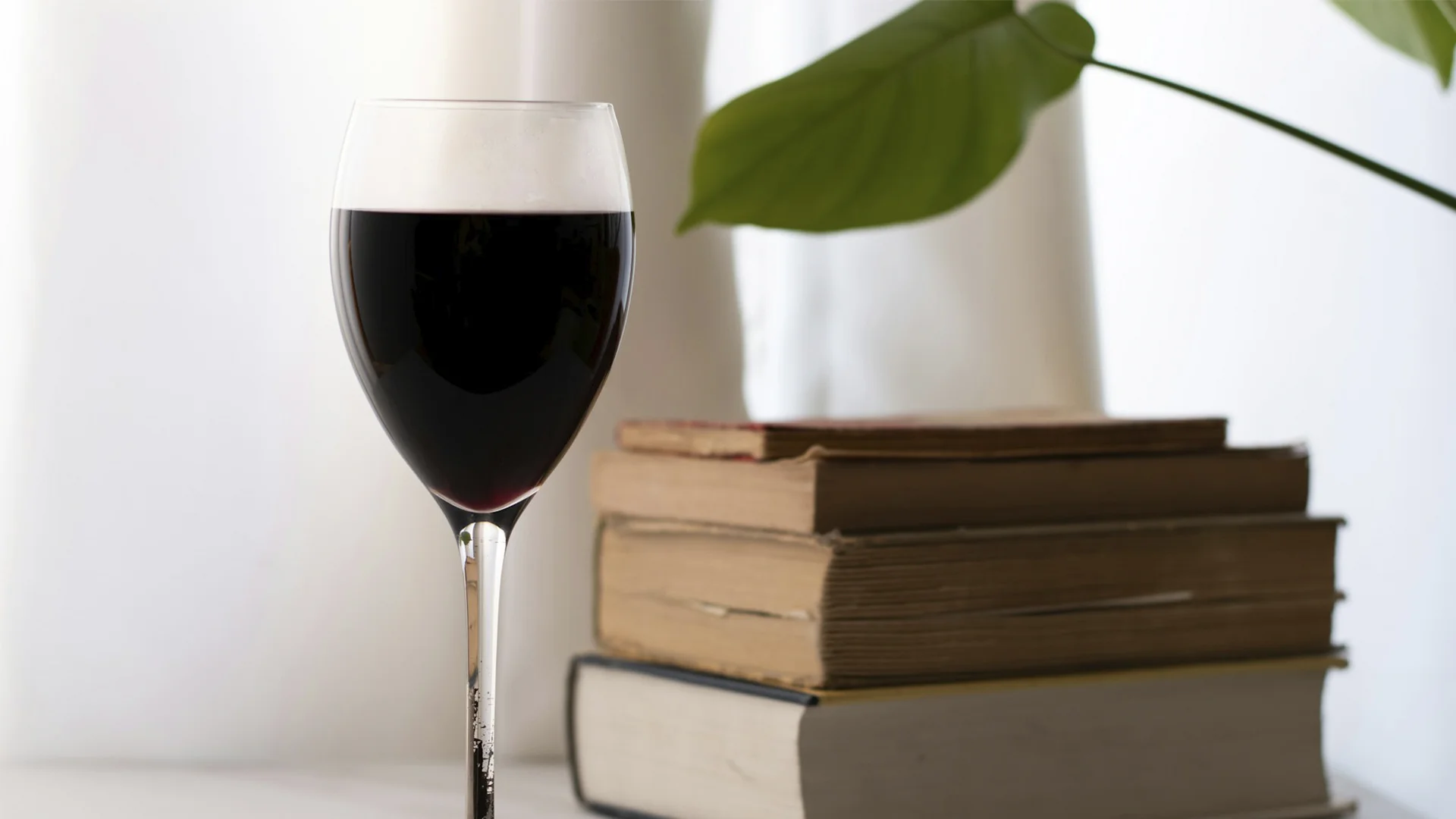
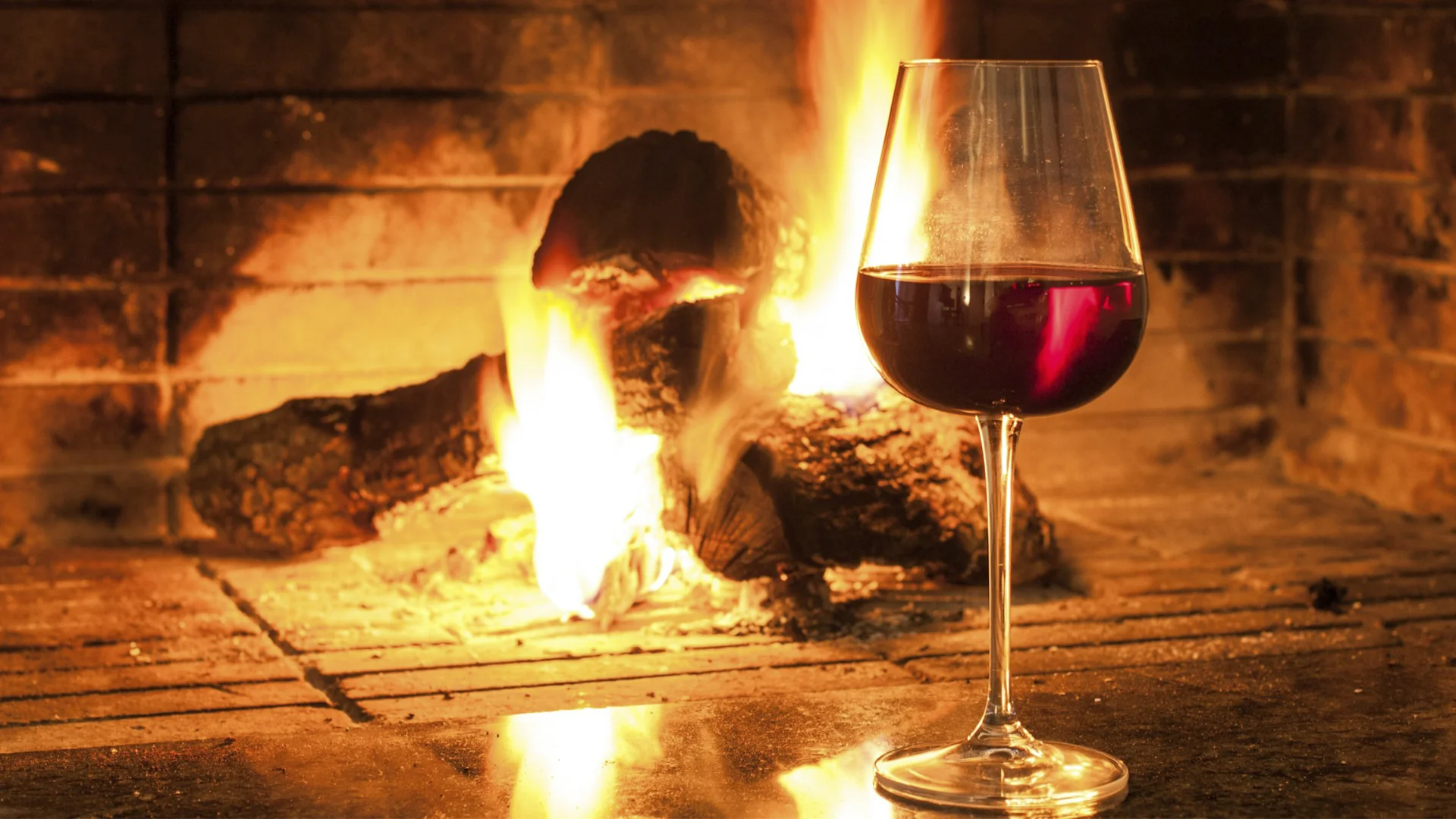
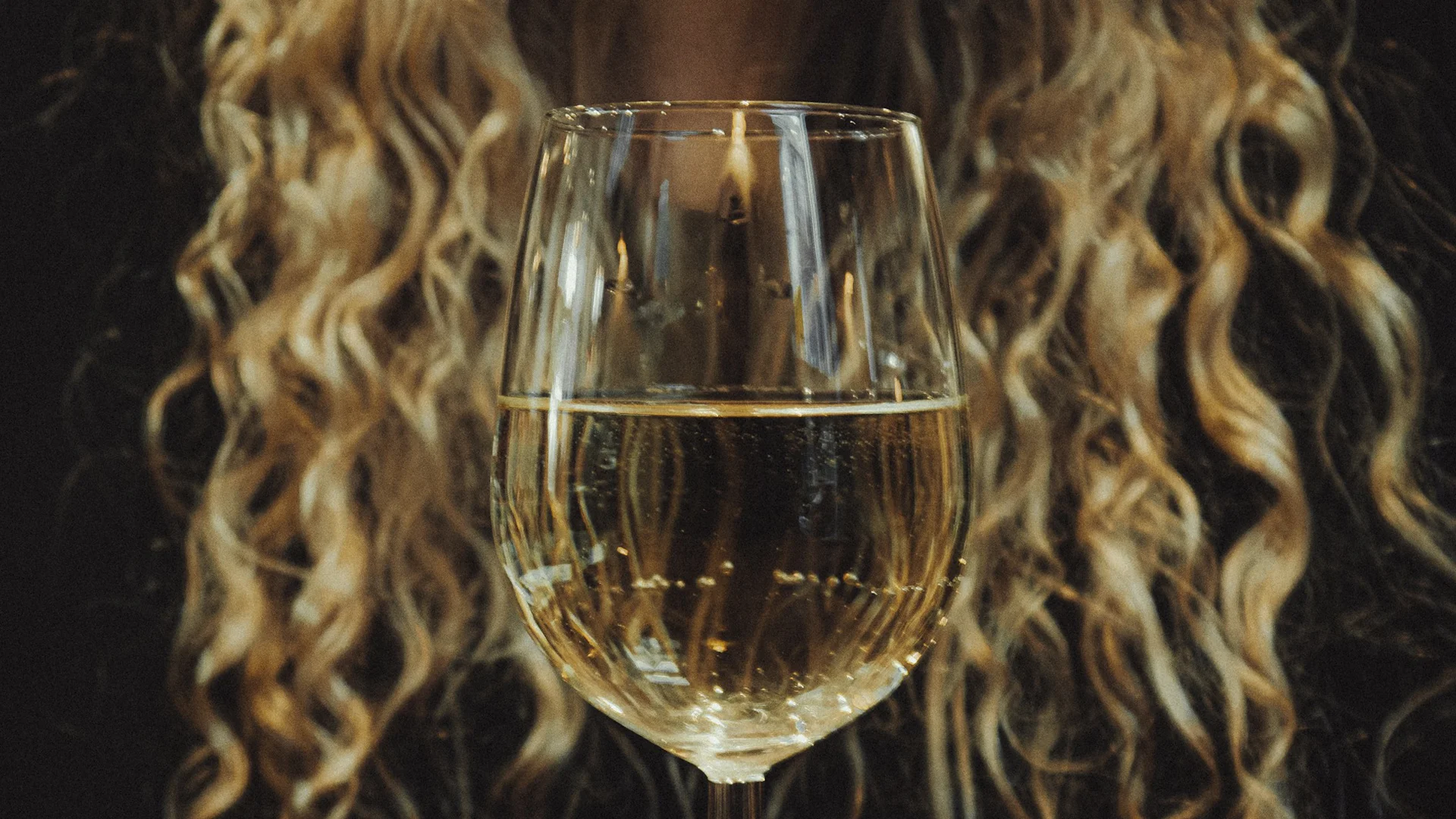
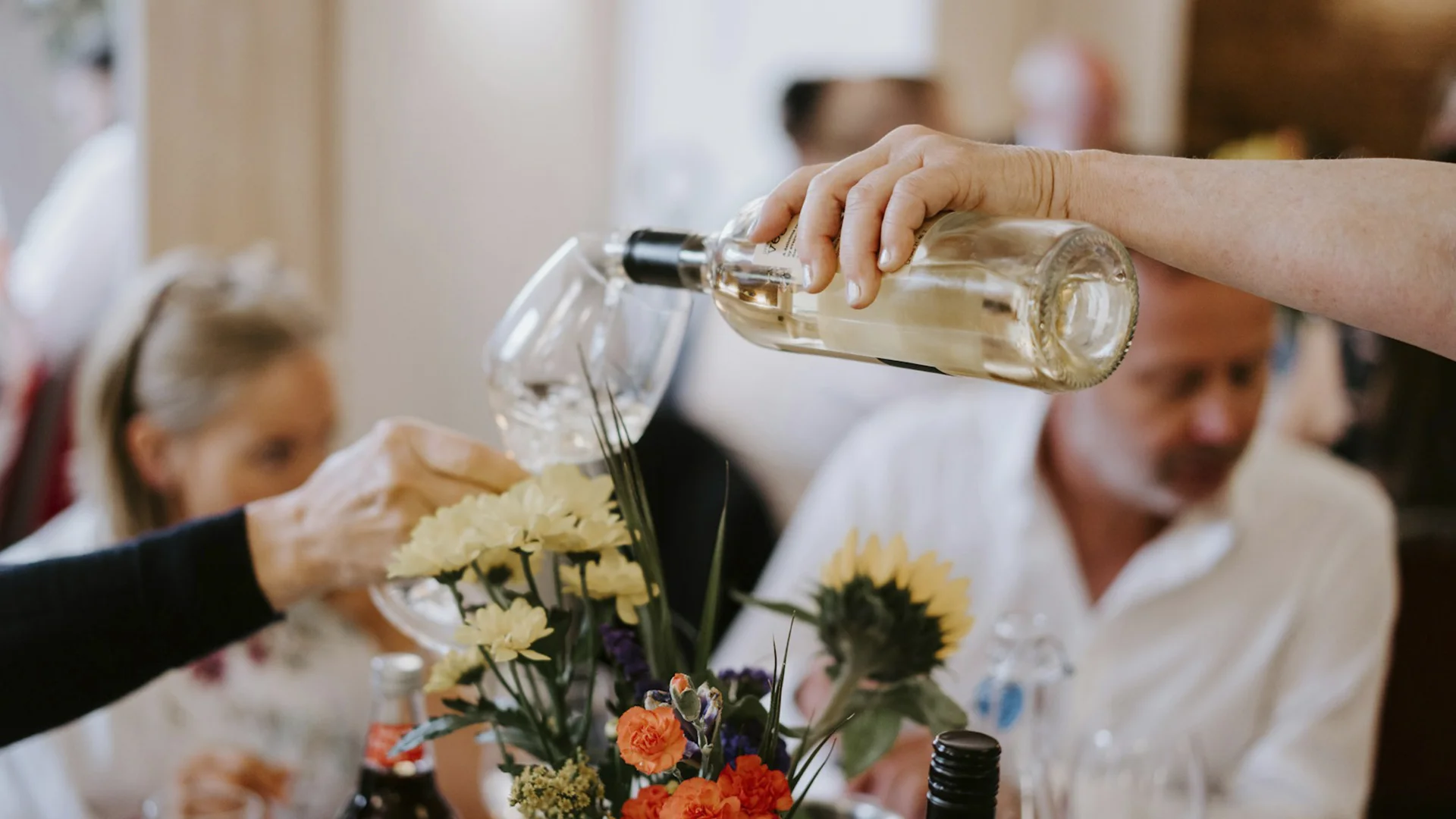
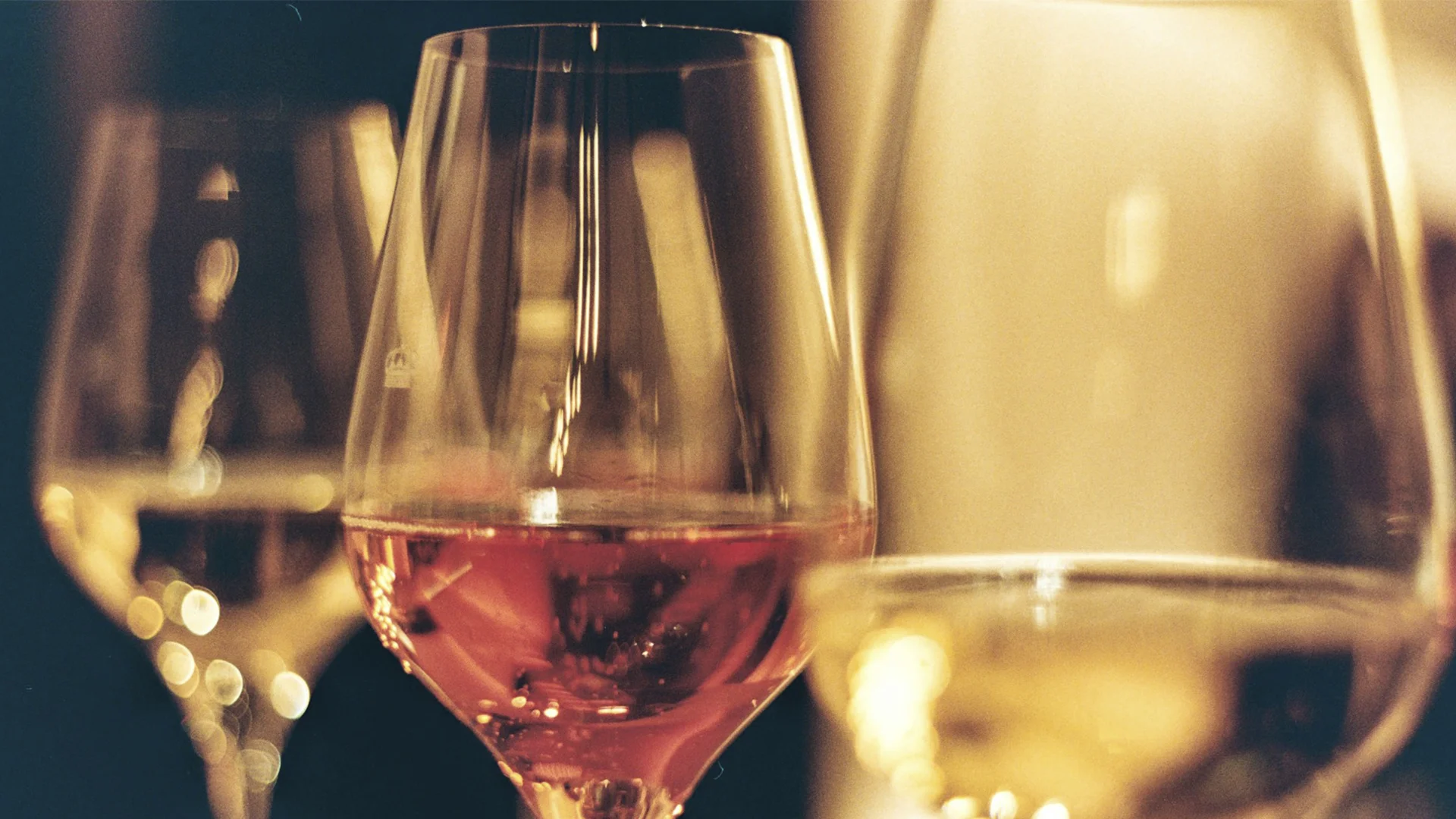
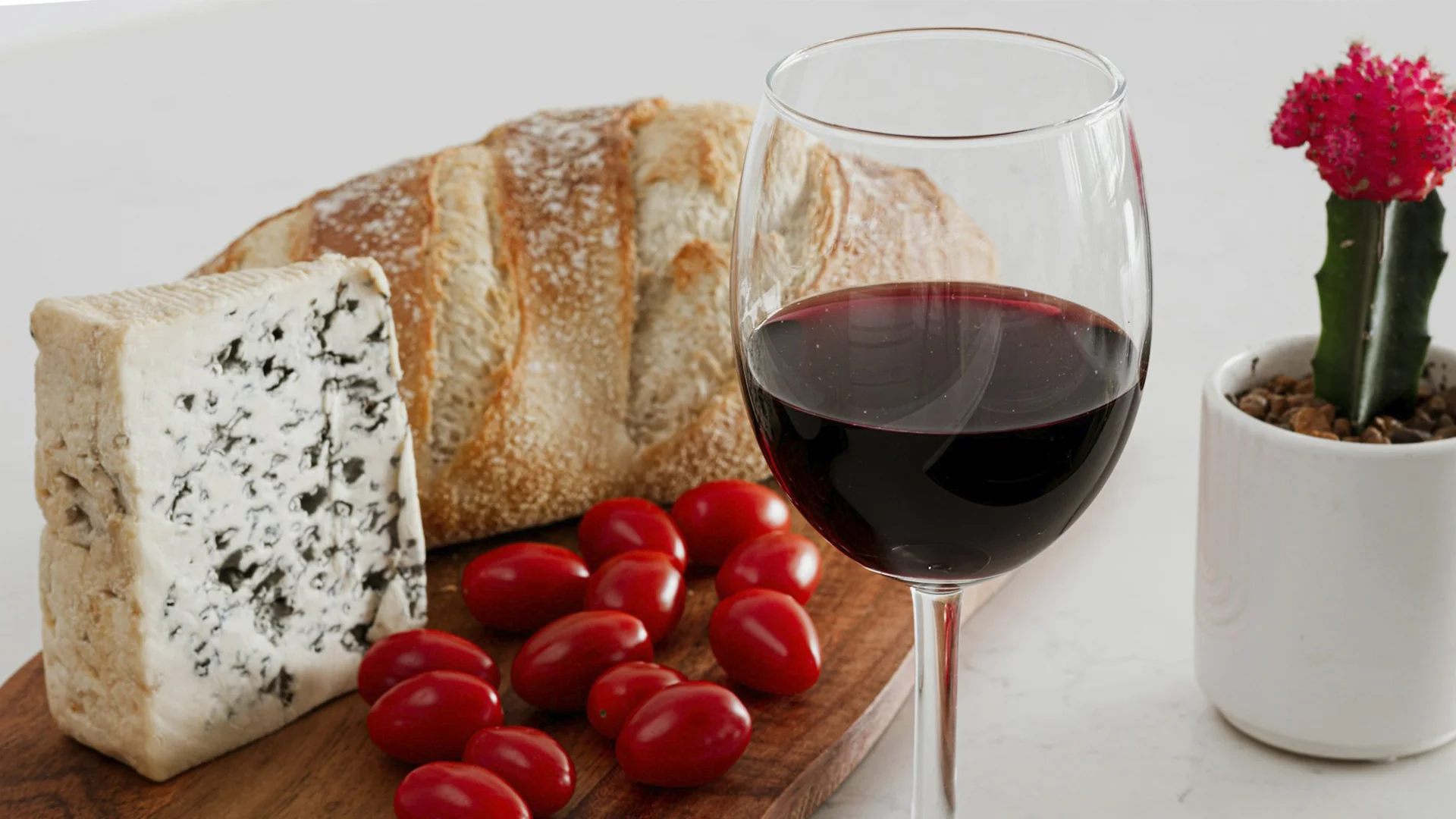
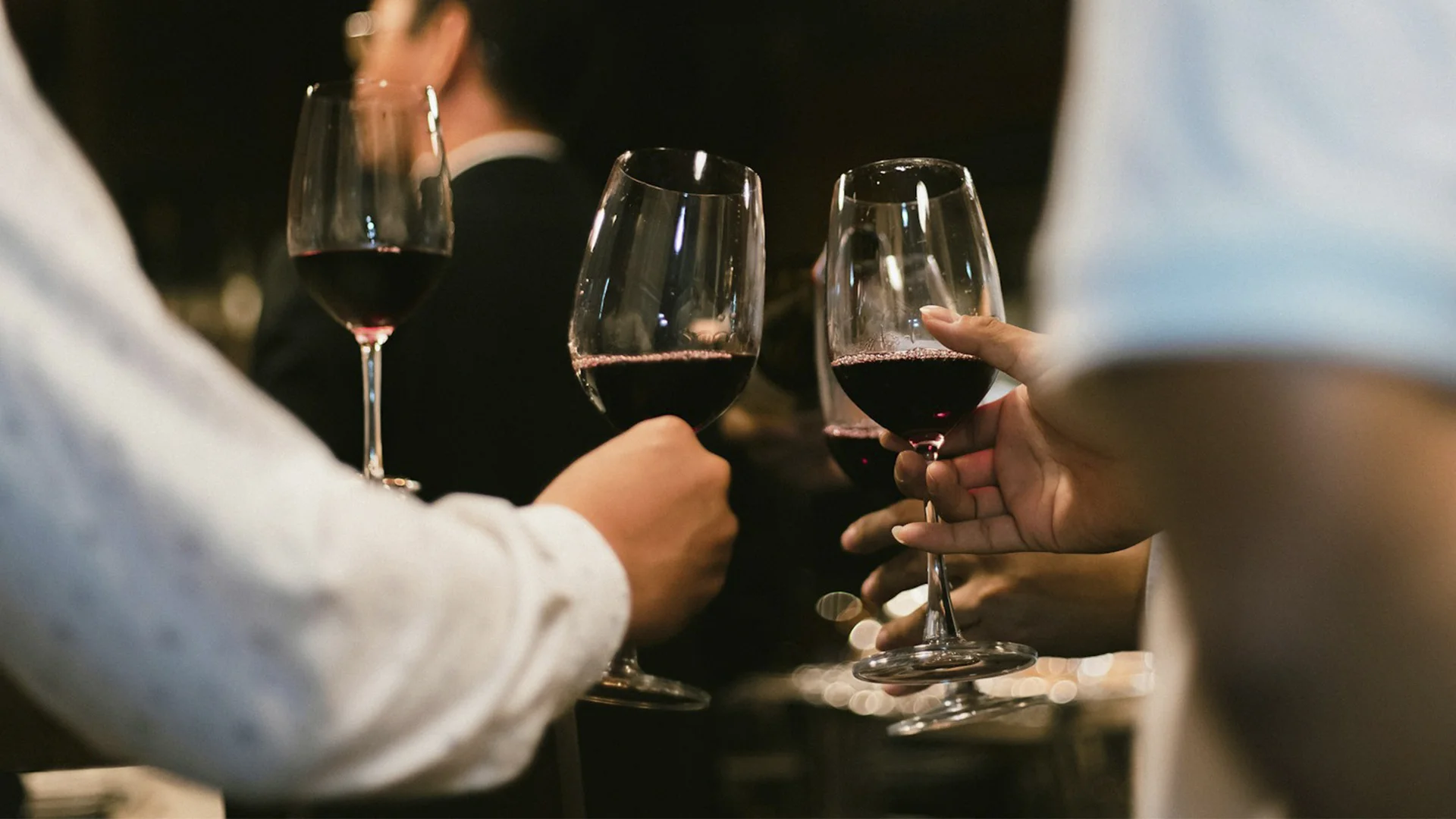

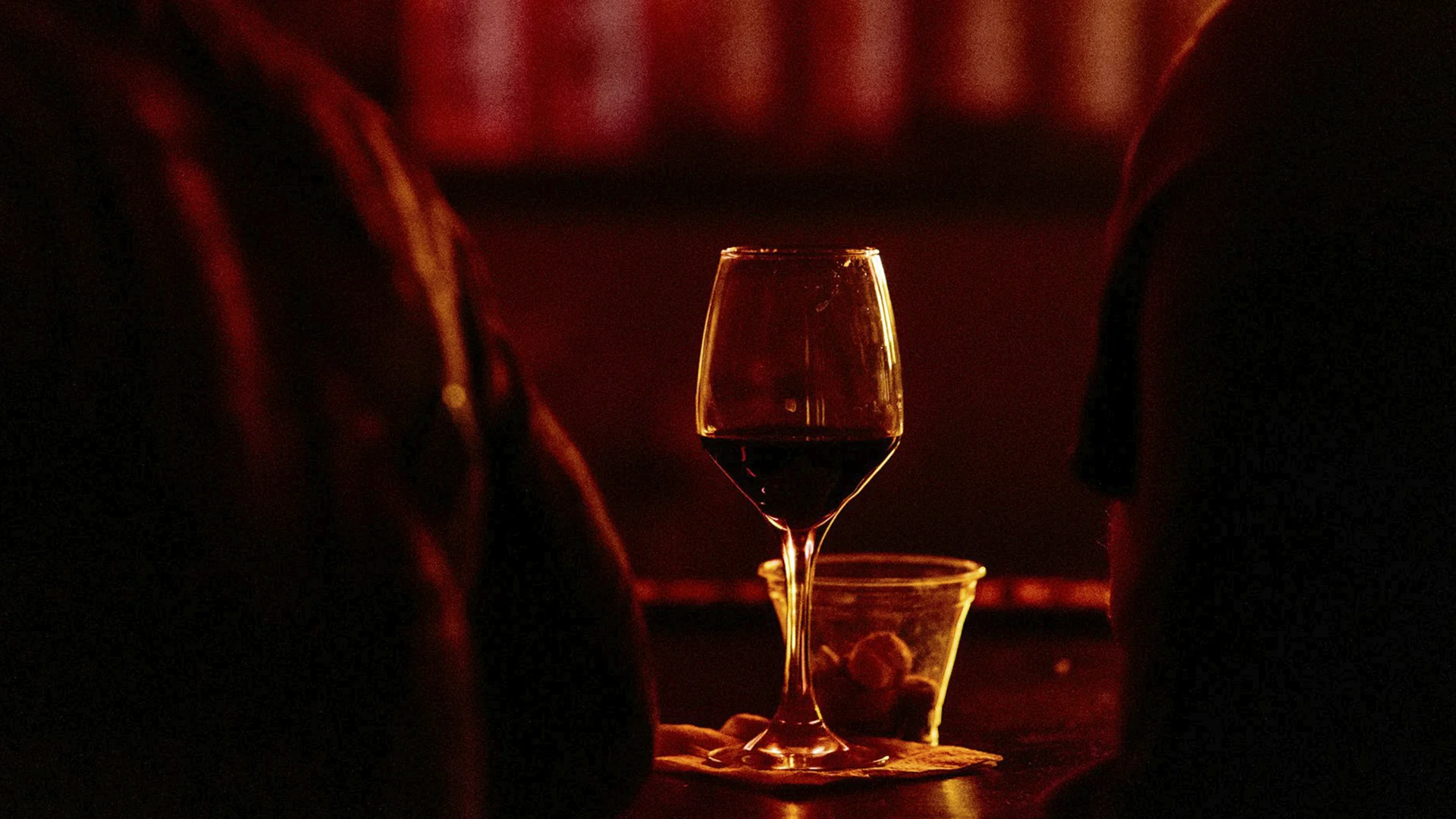
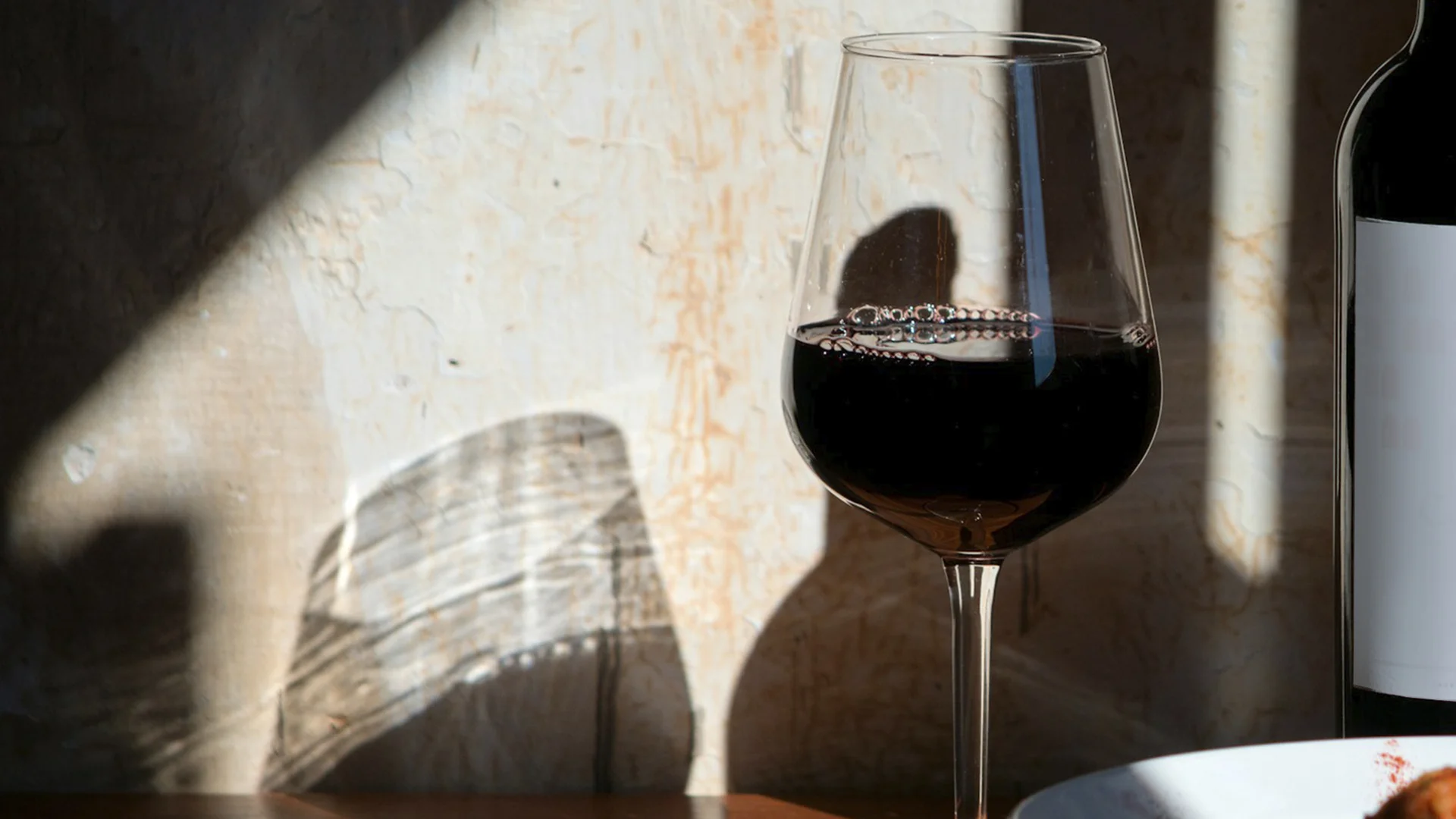
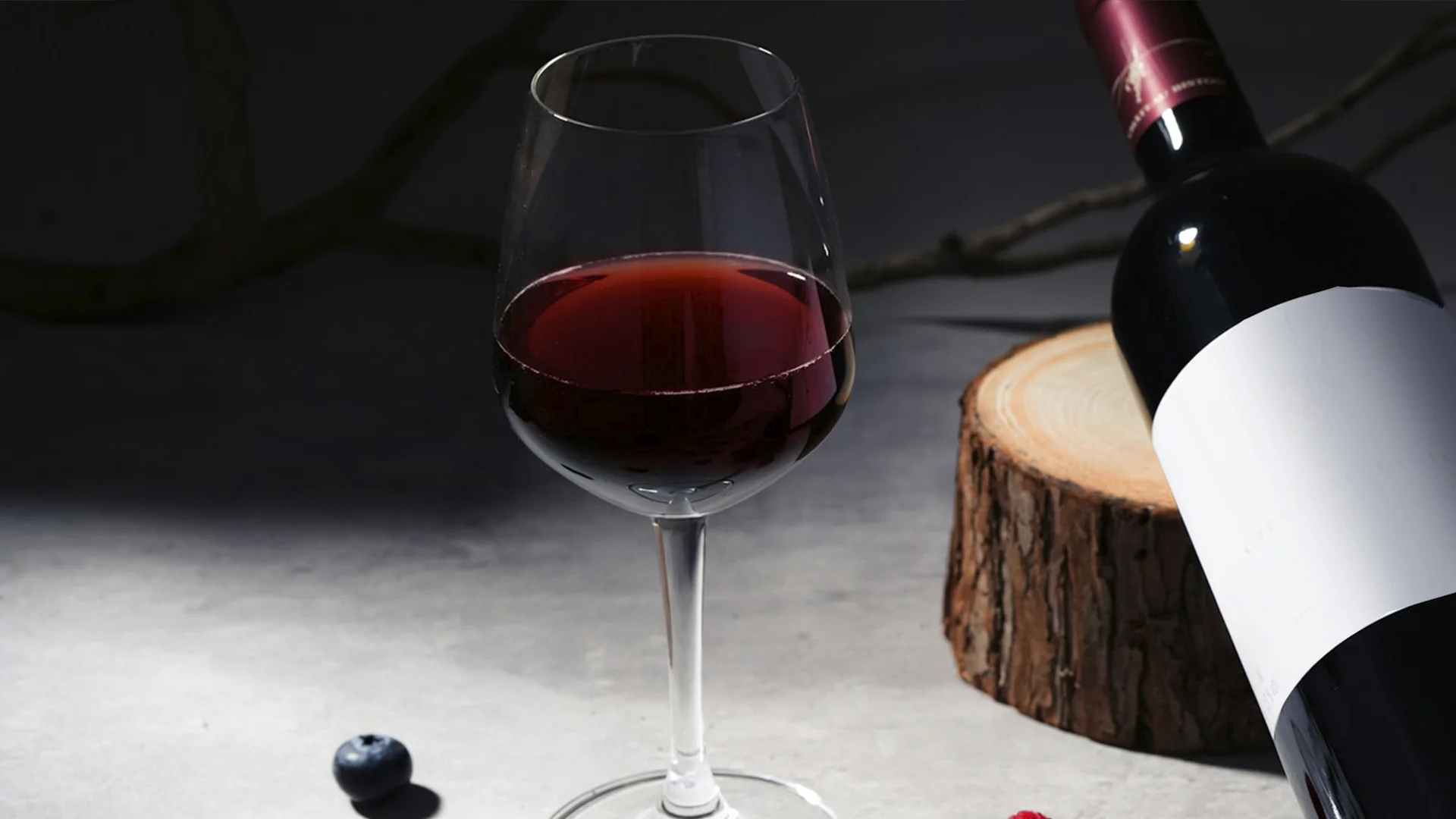

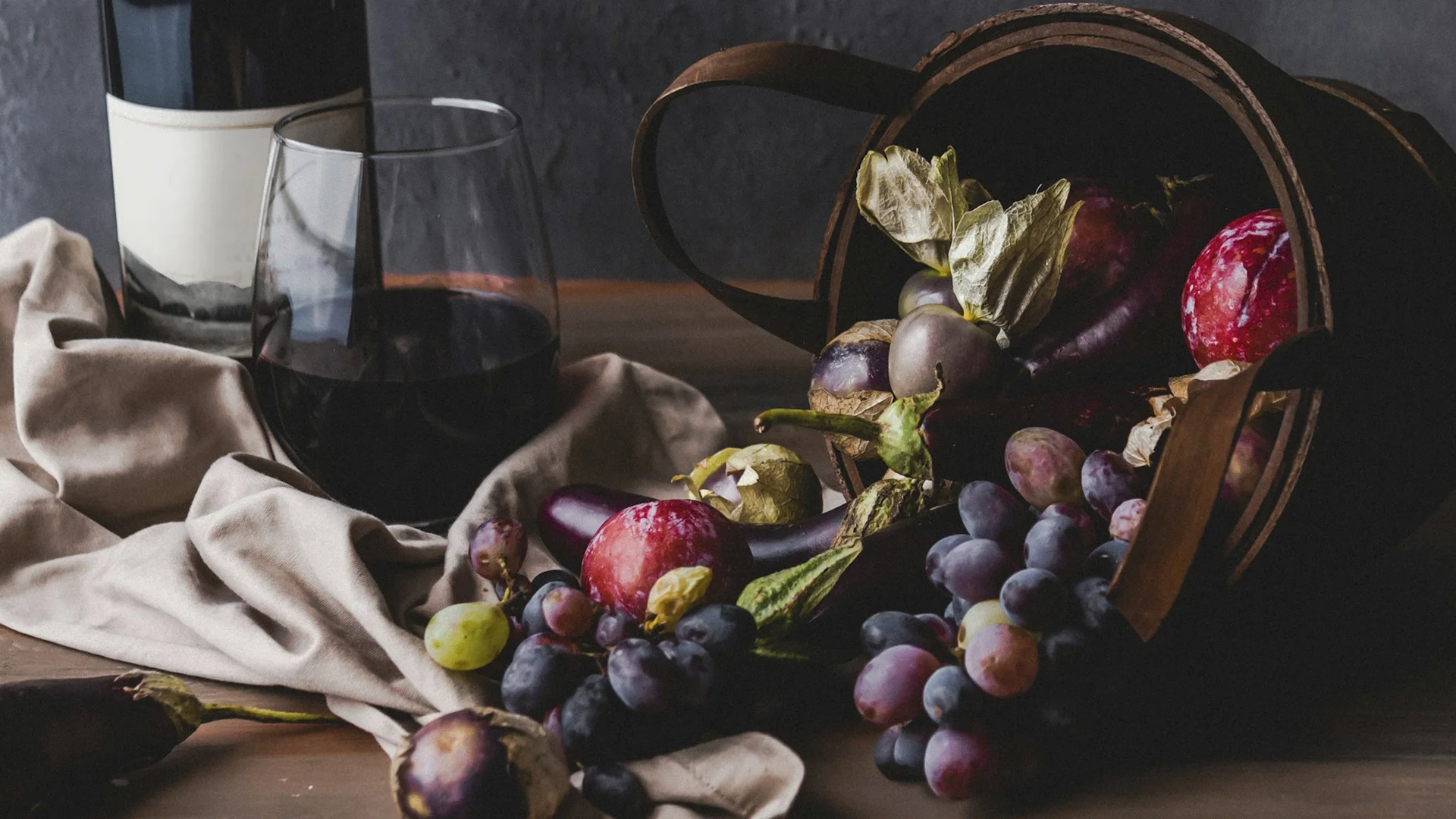
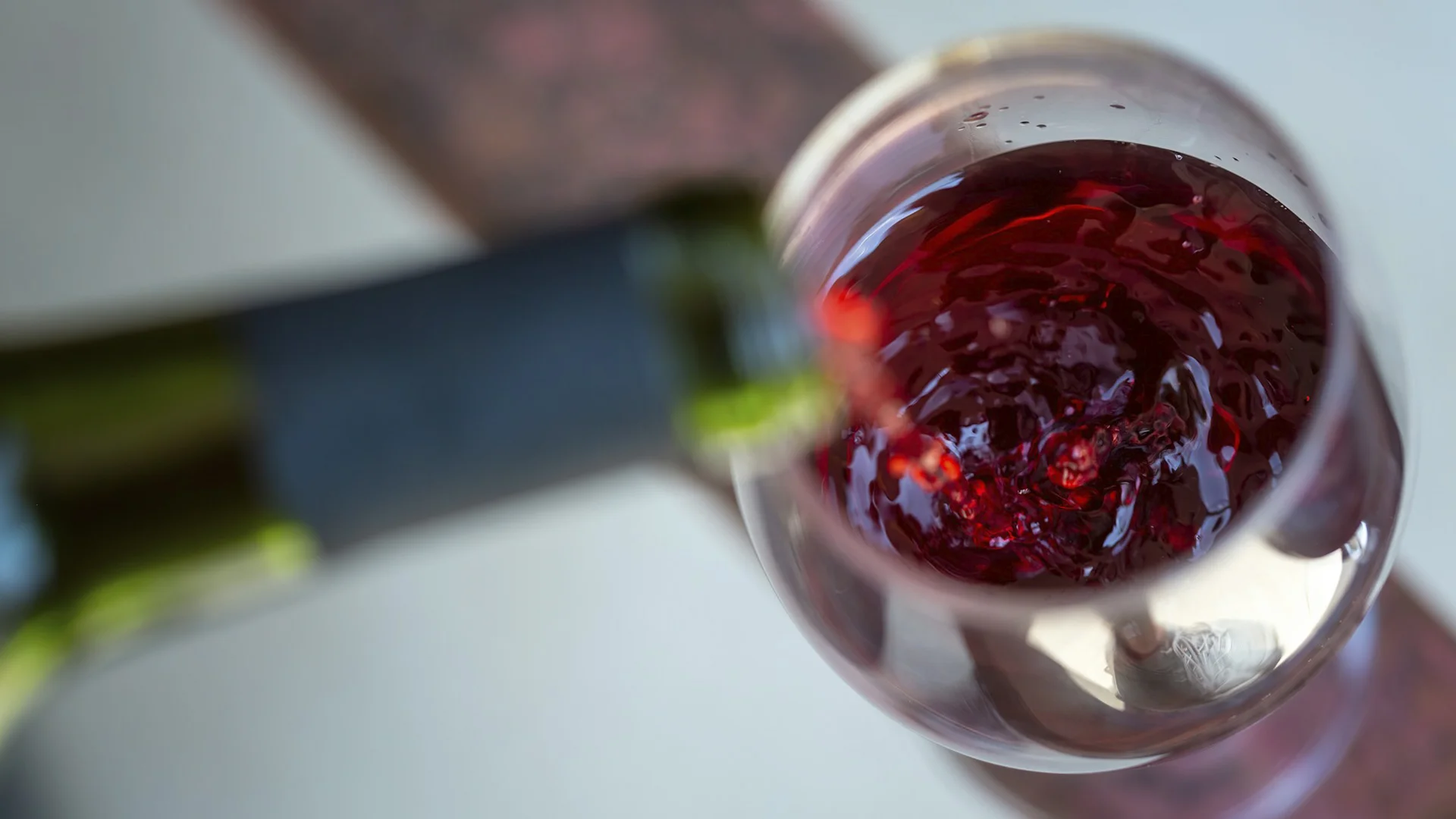
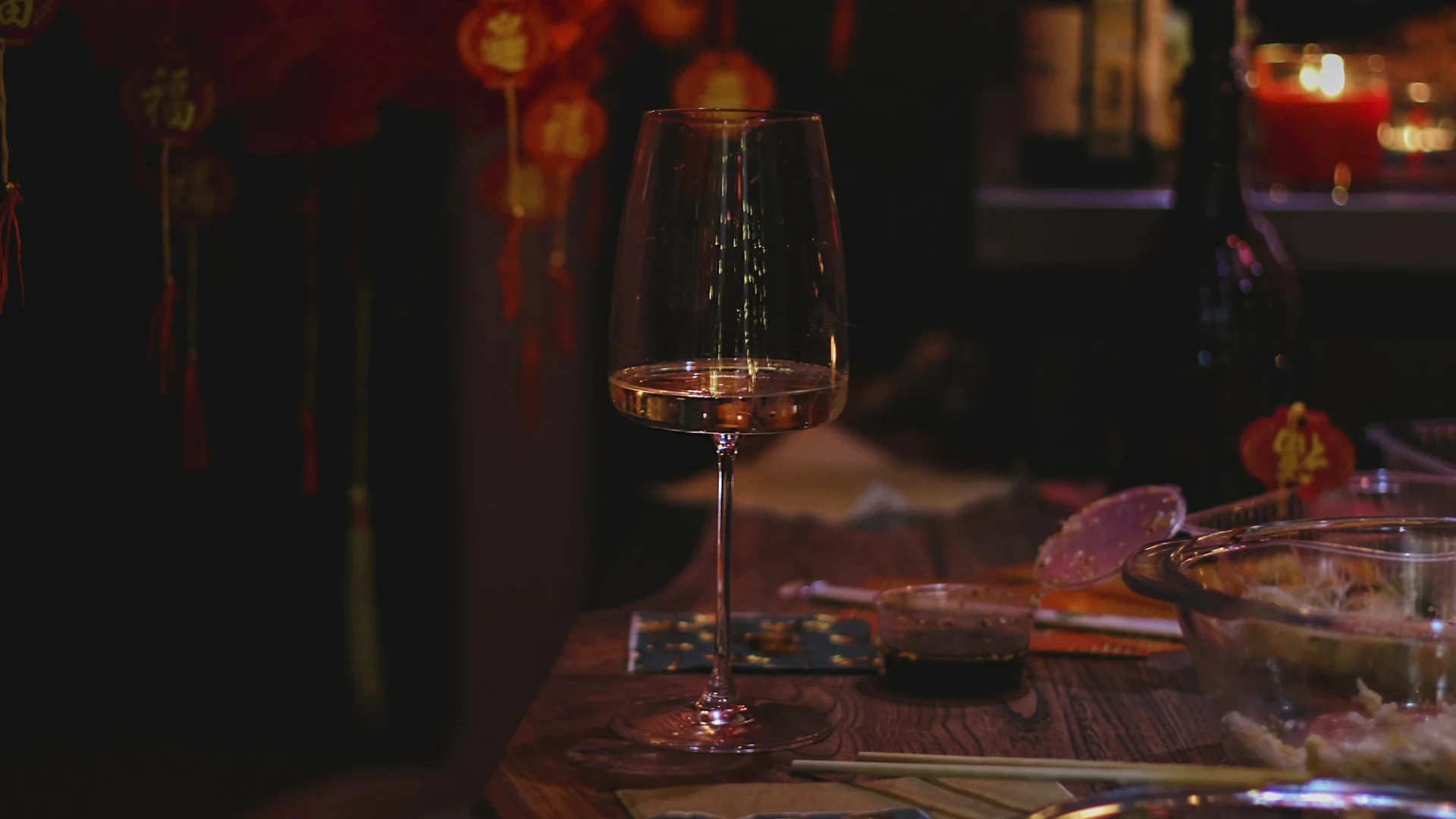
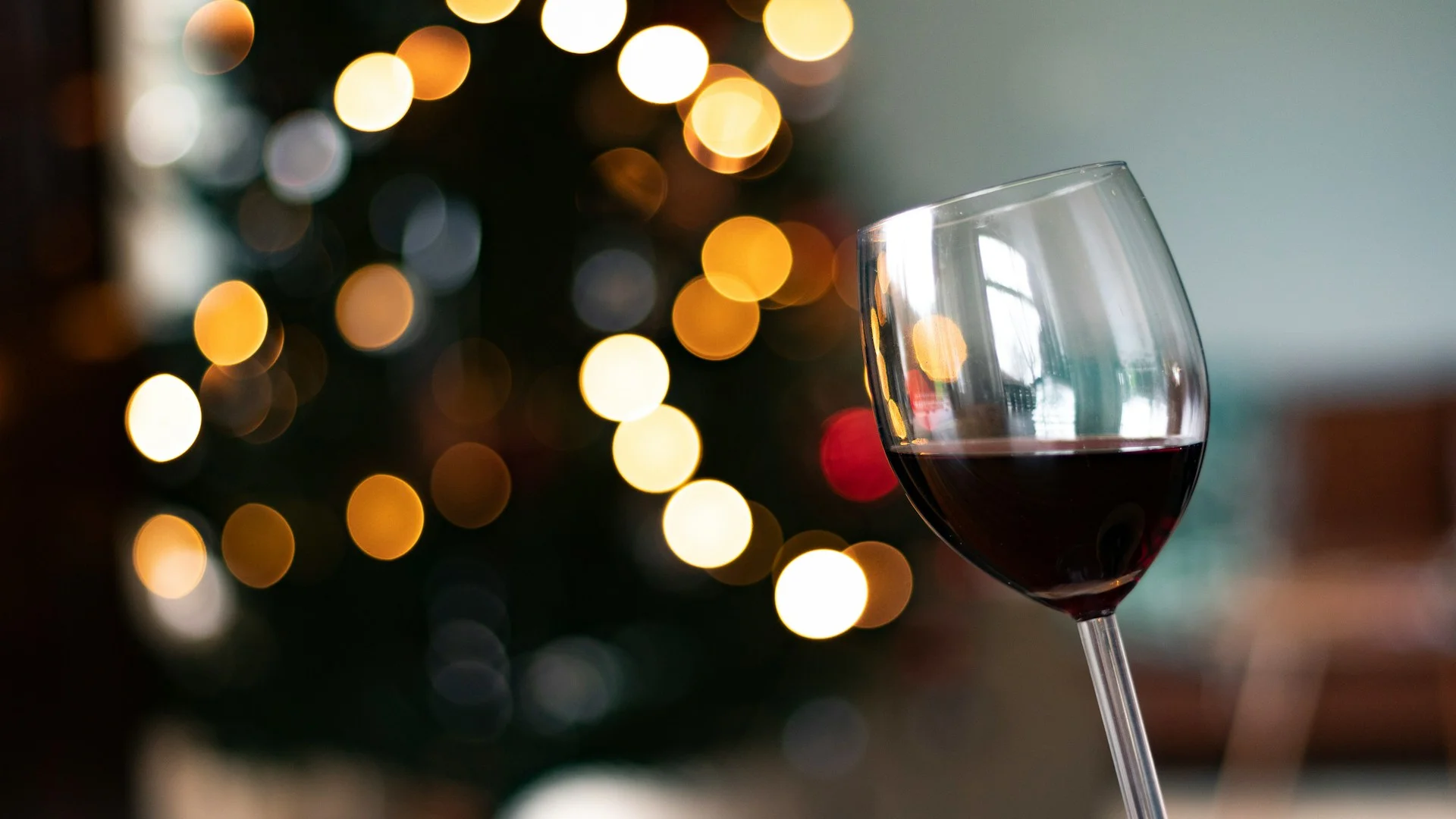
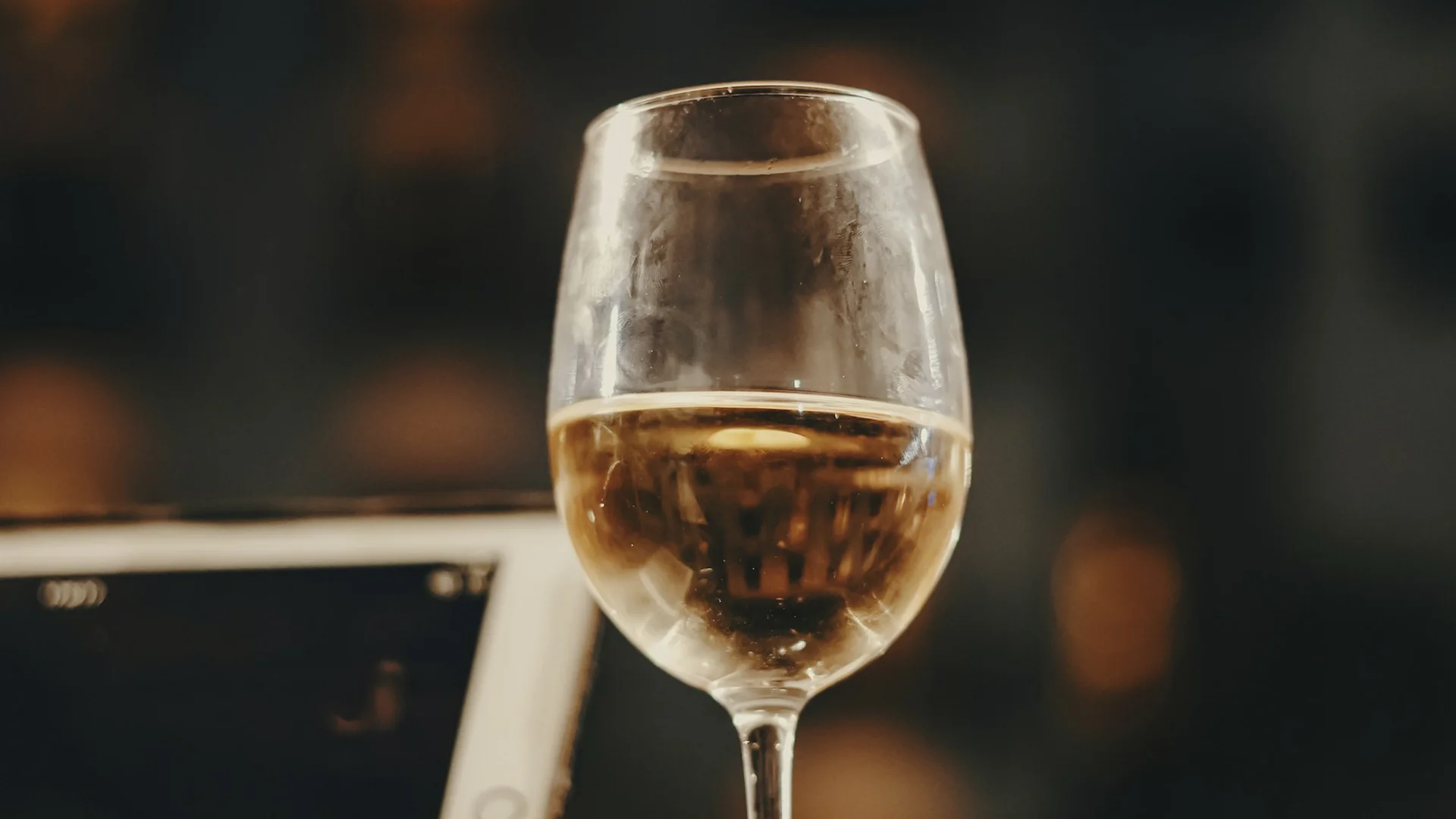




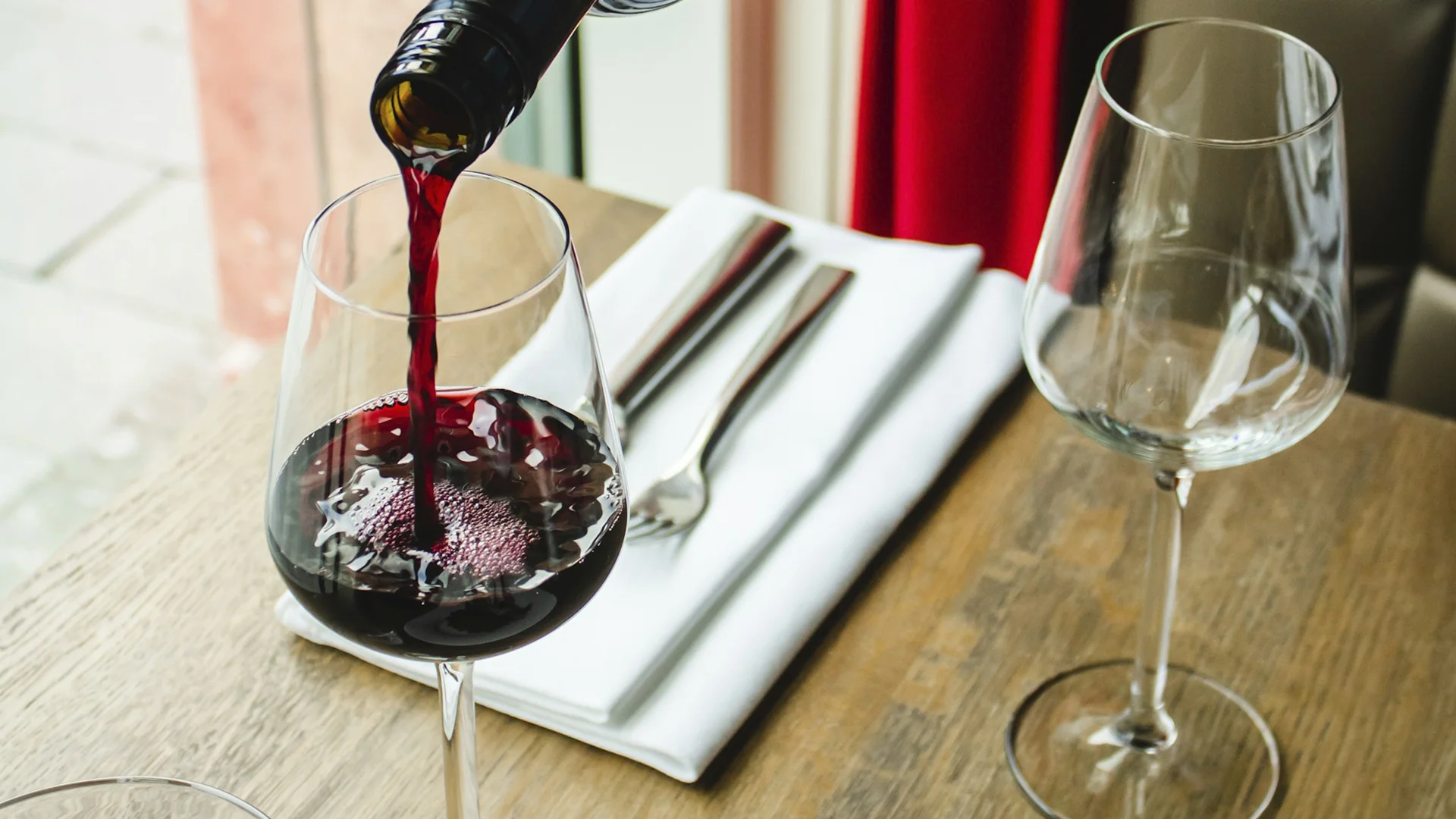












.webp)

.webp)
.webp)
.webp)



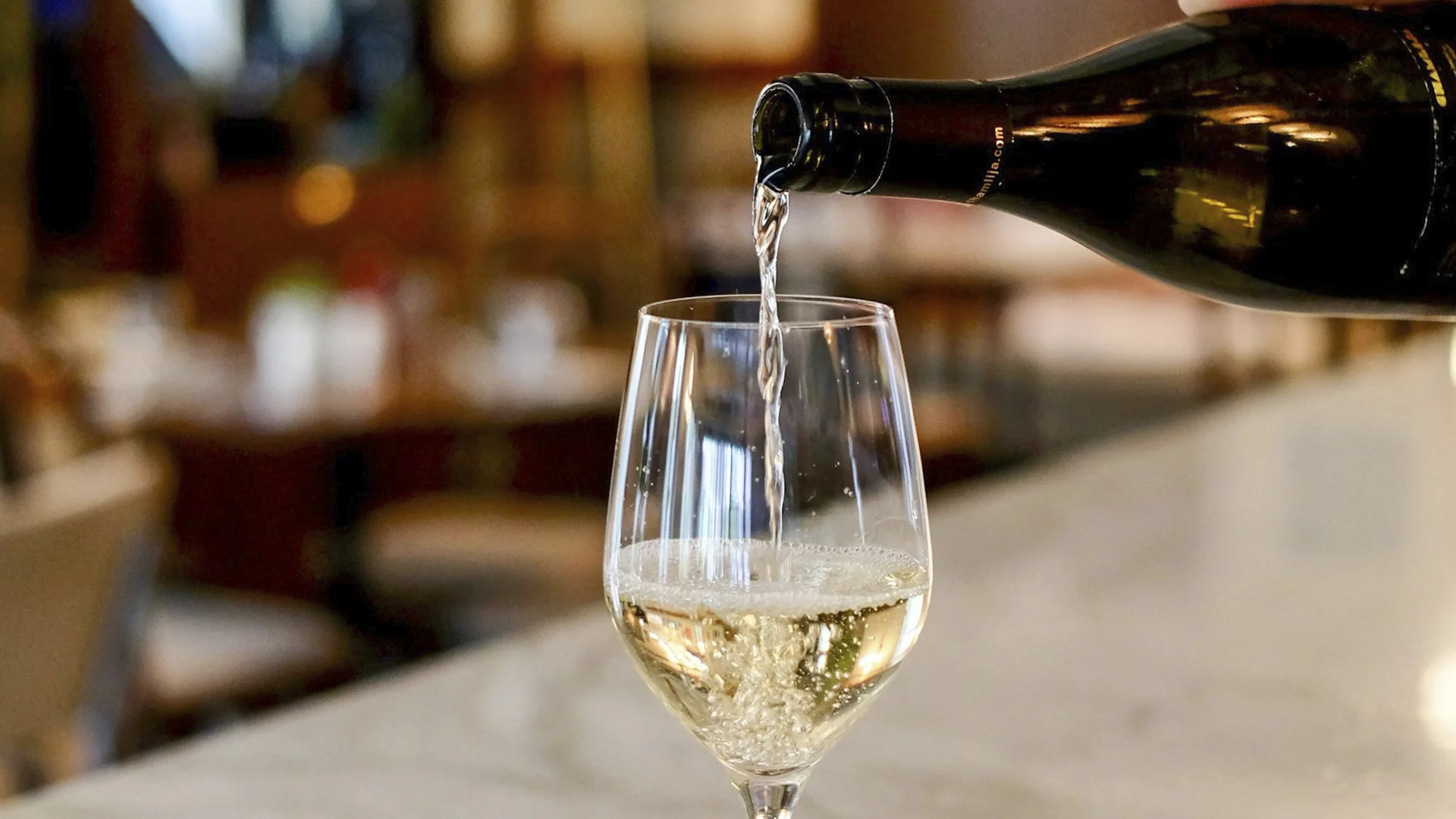


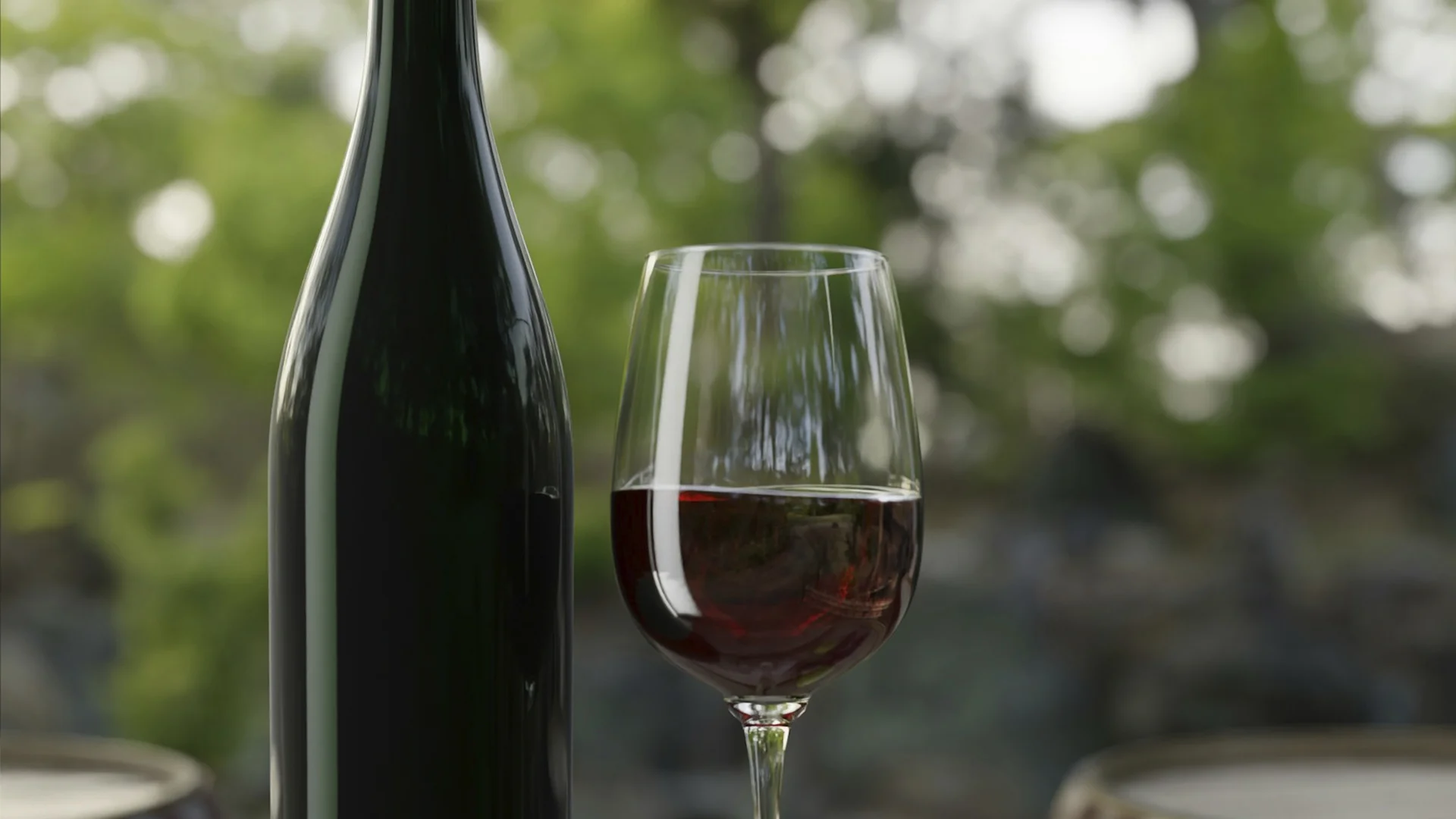



















.webp)













Are you interested in
collaborating with us?